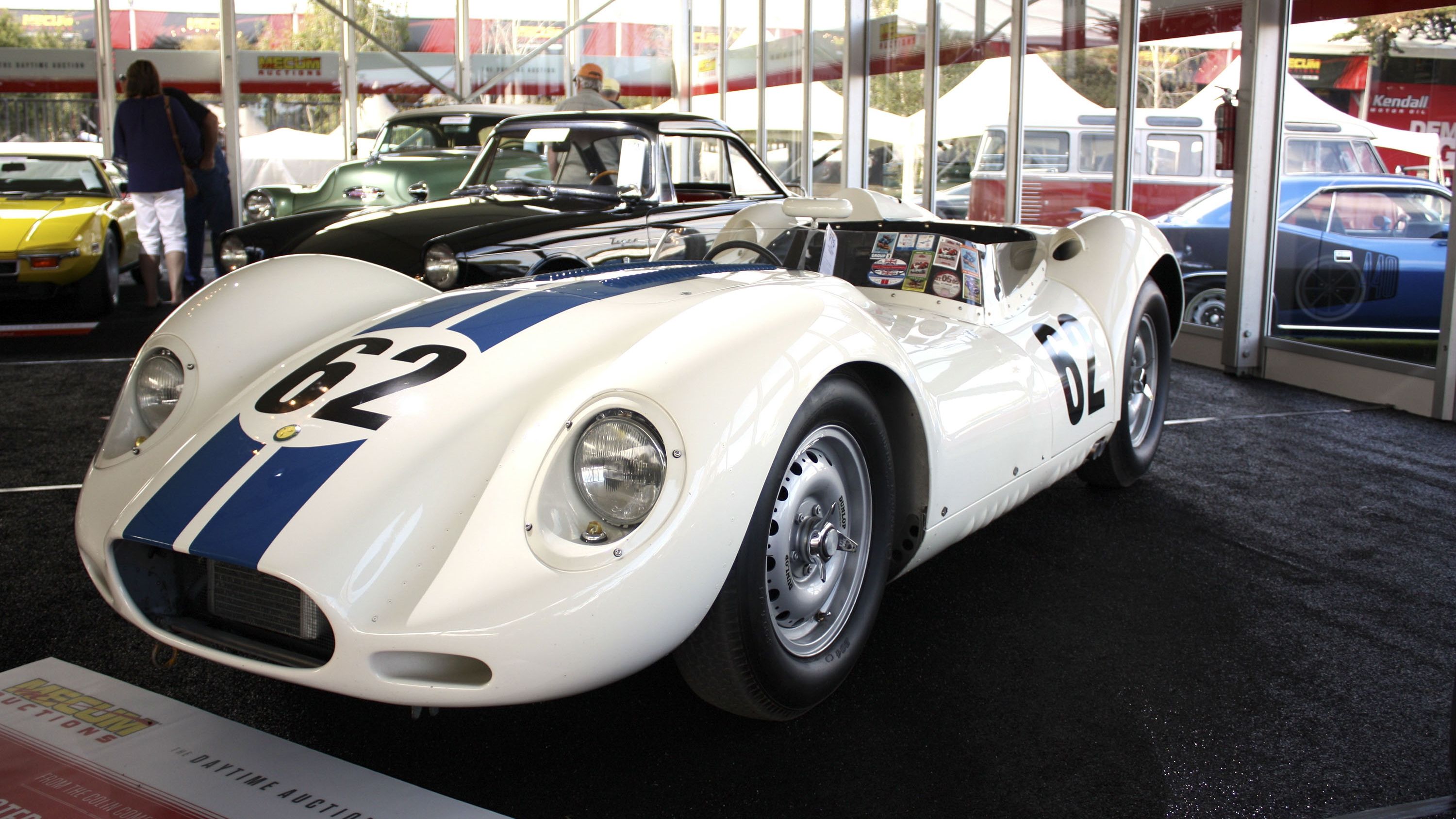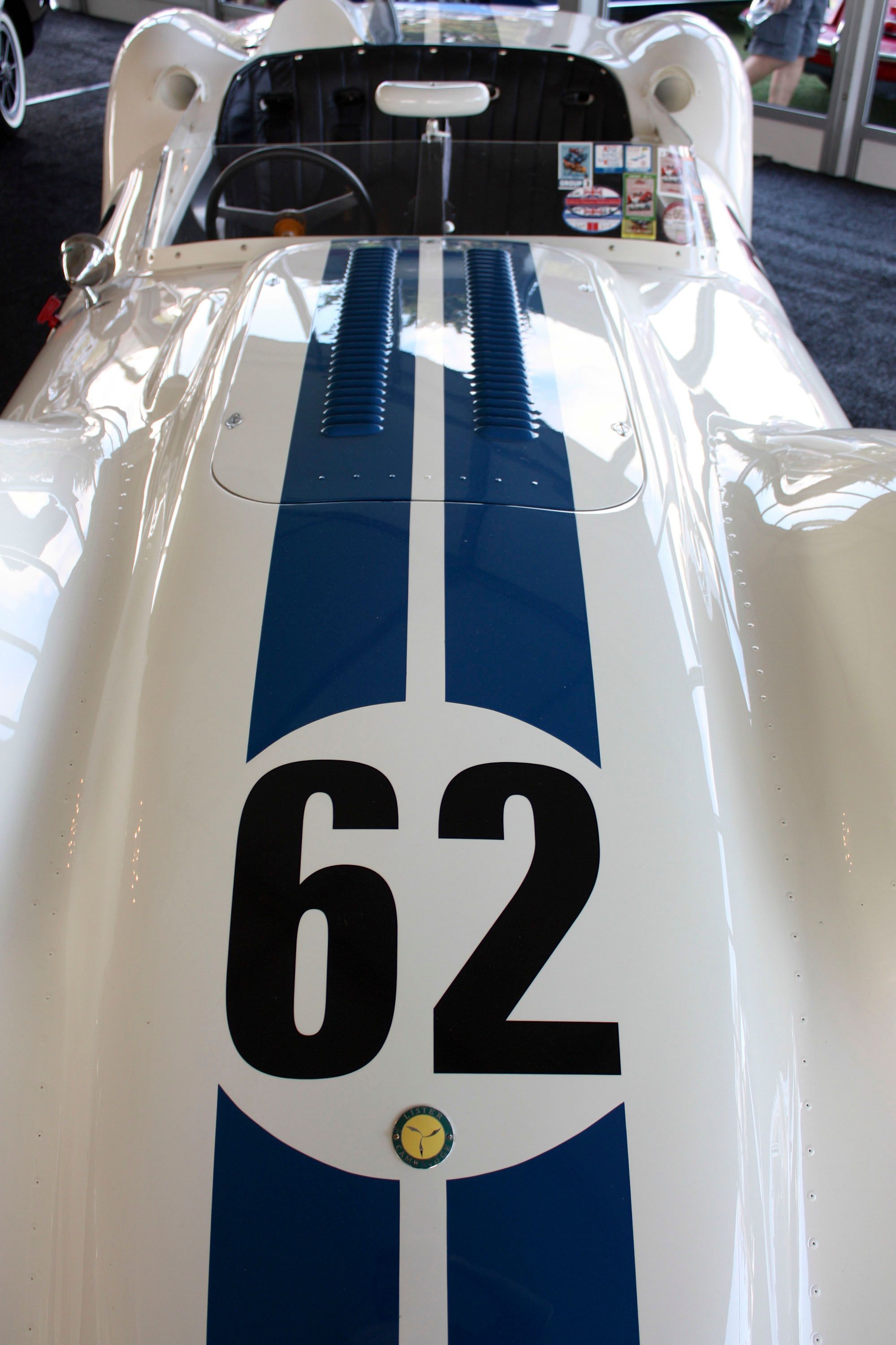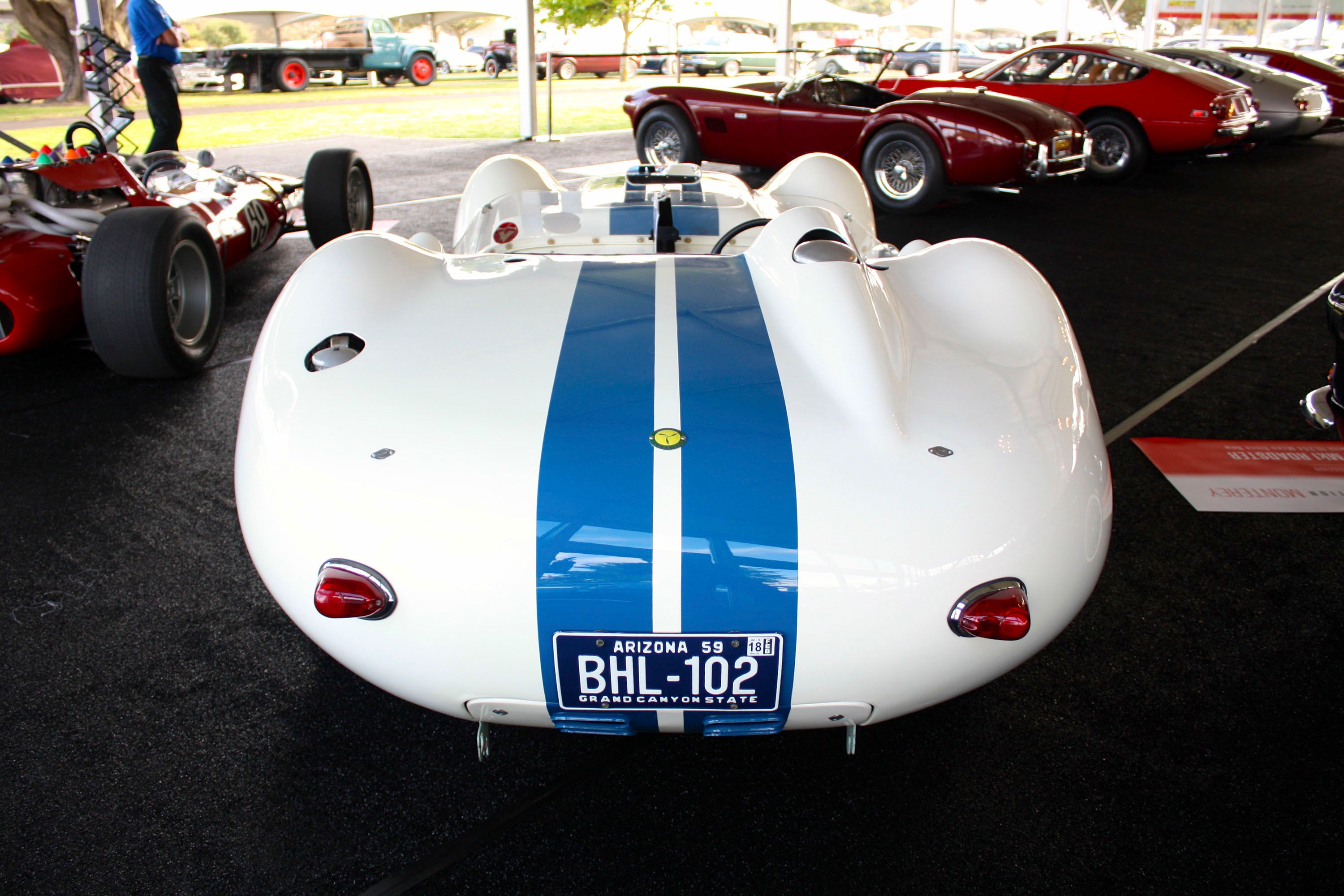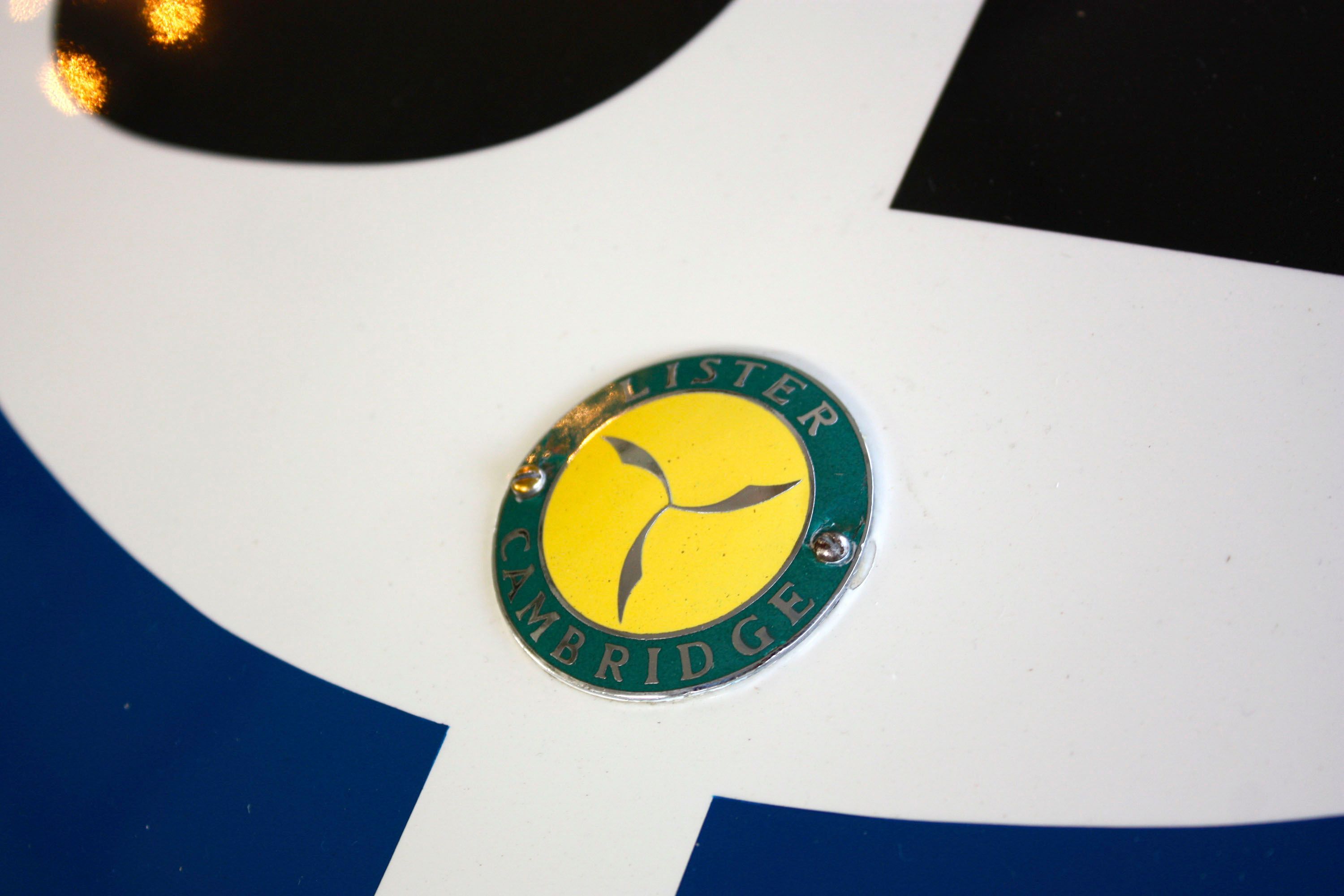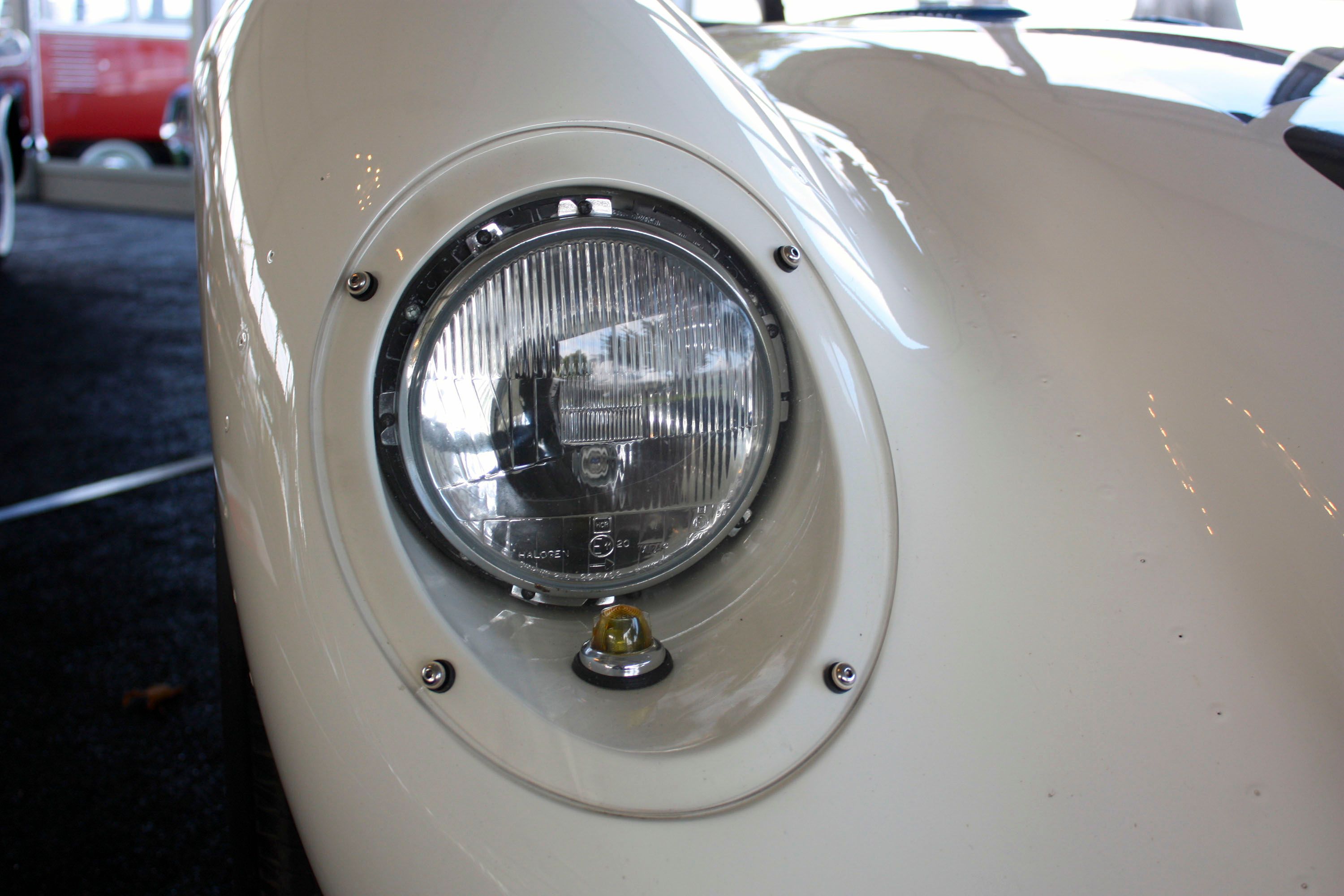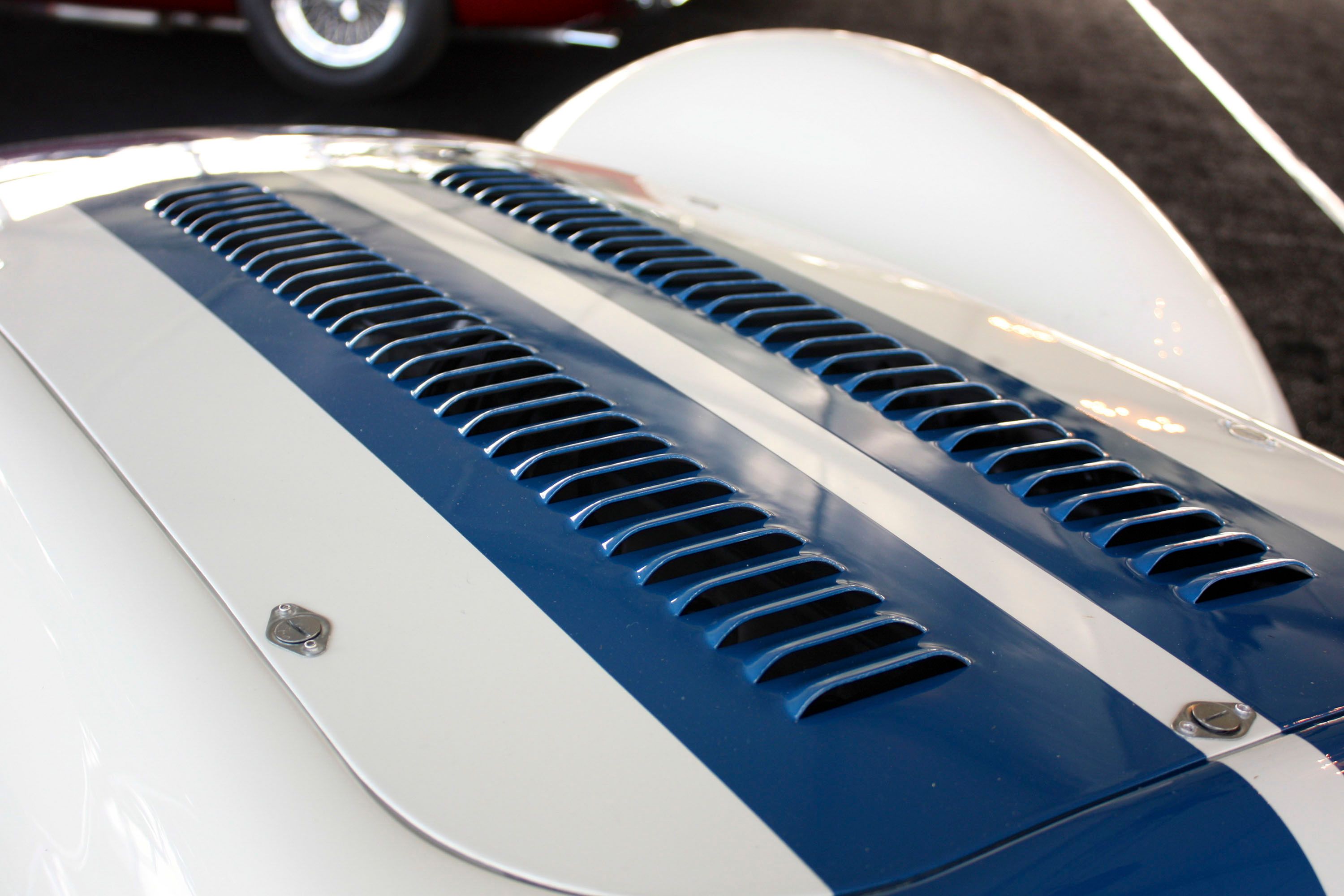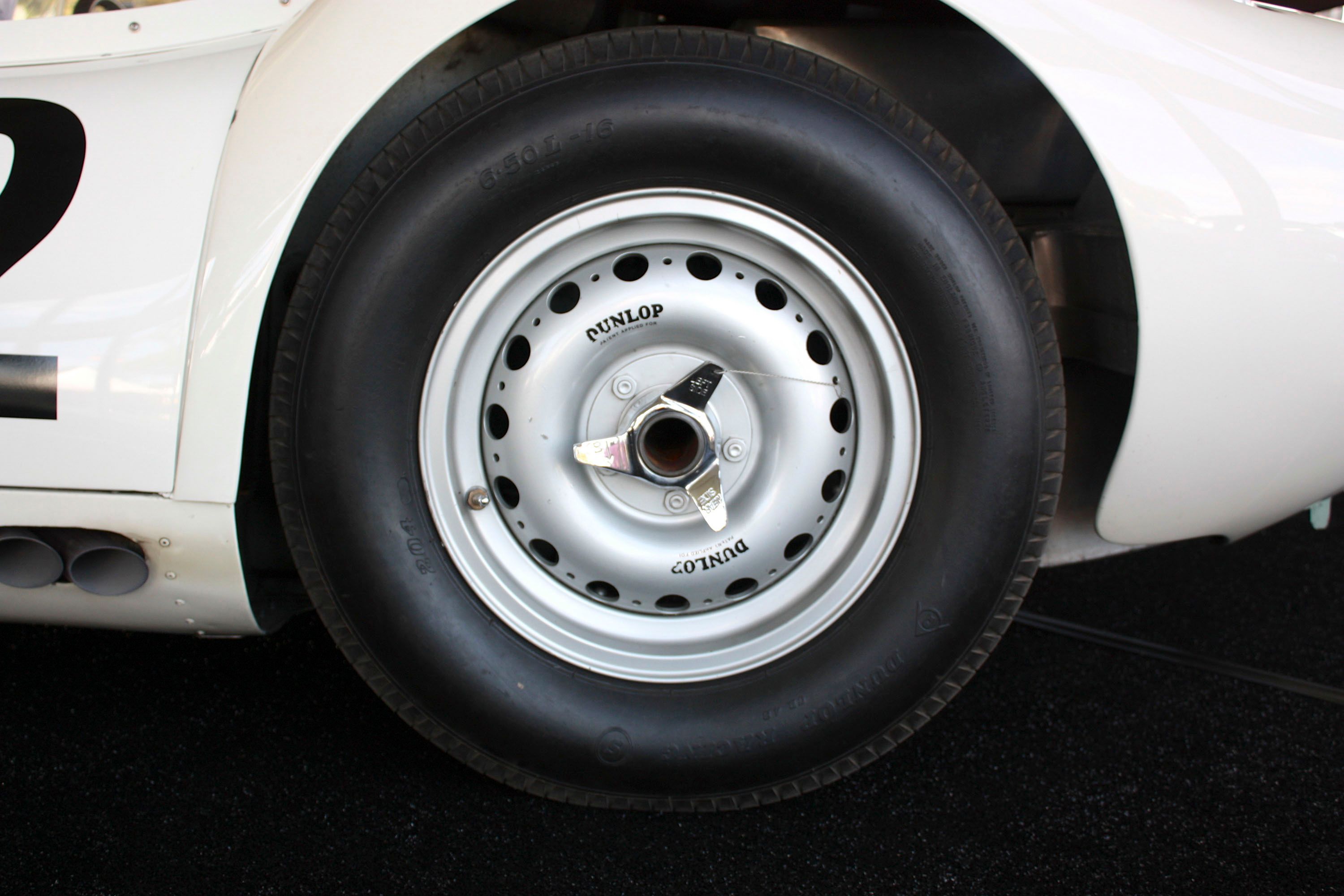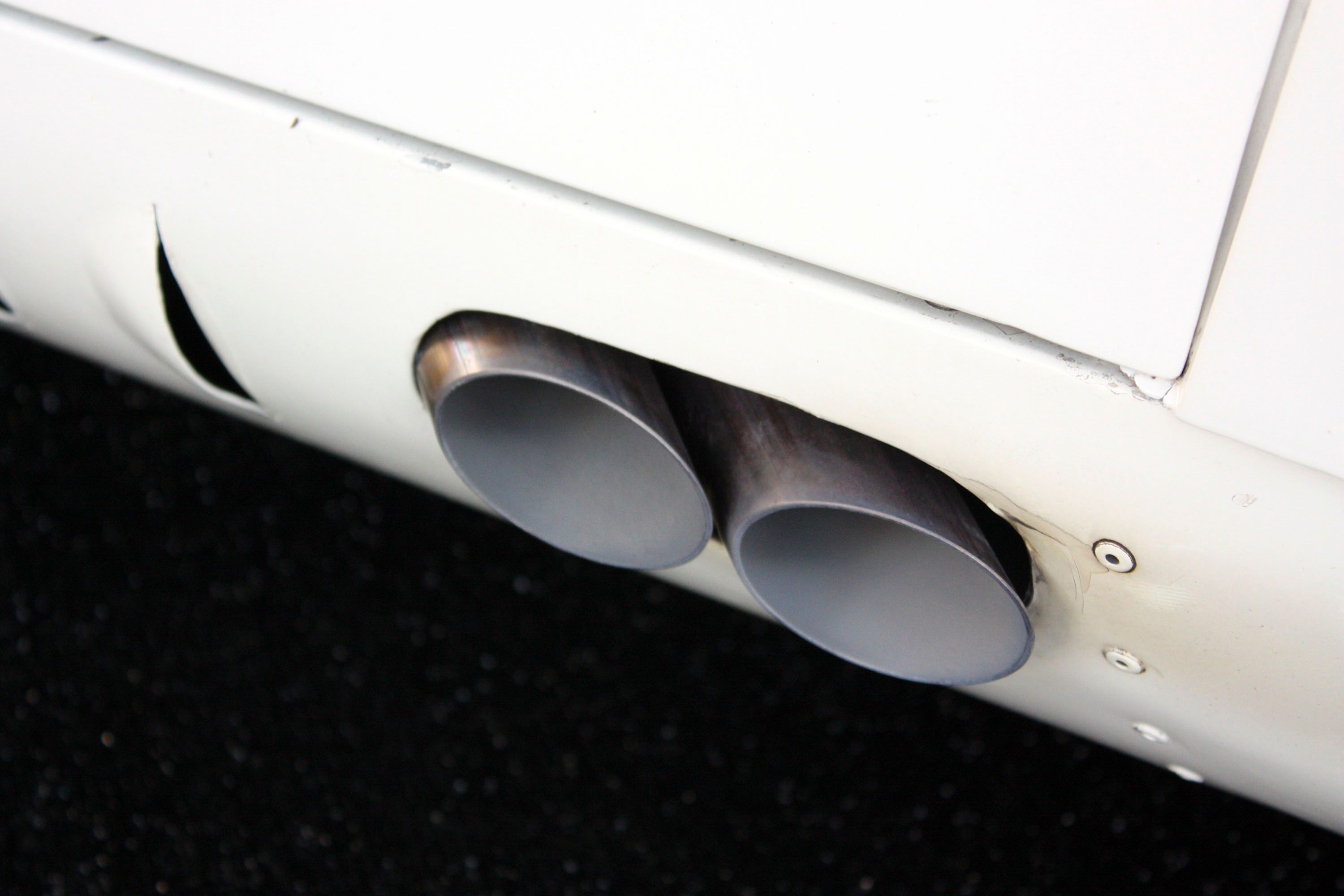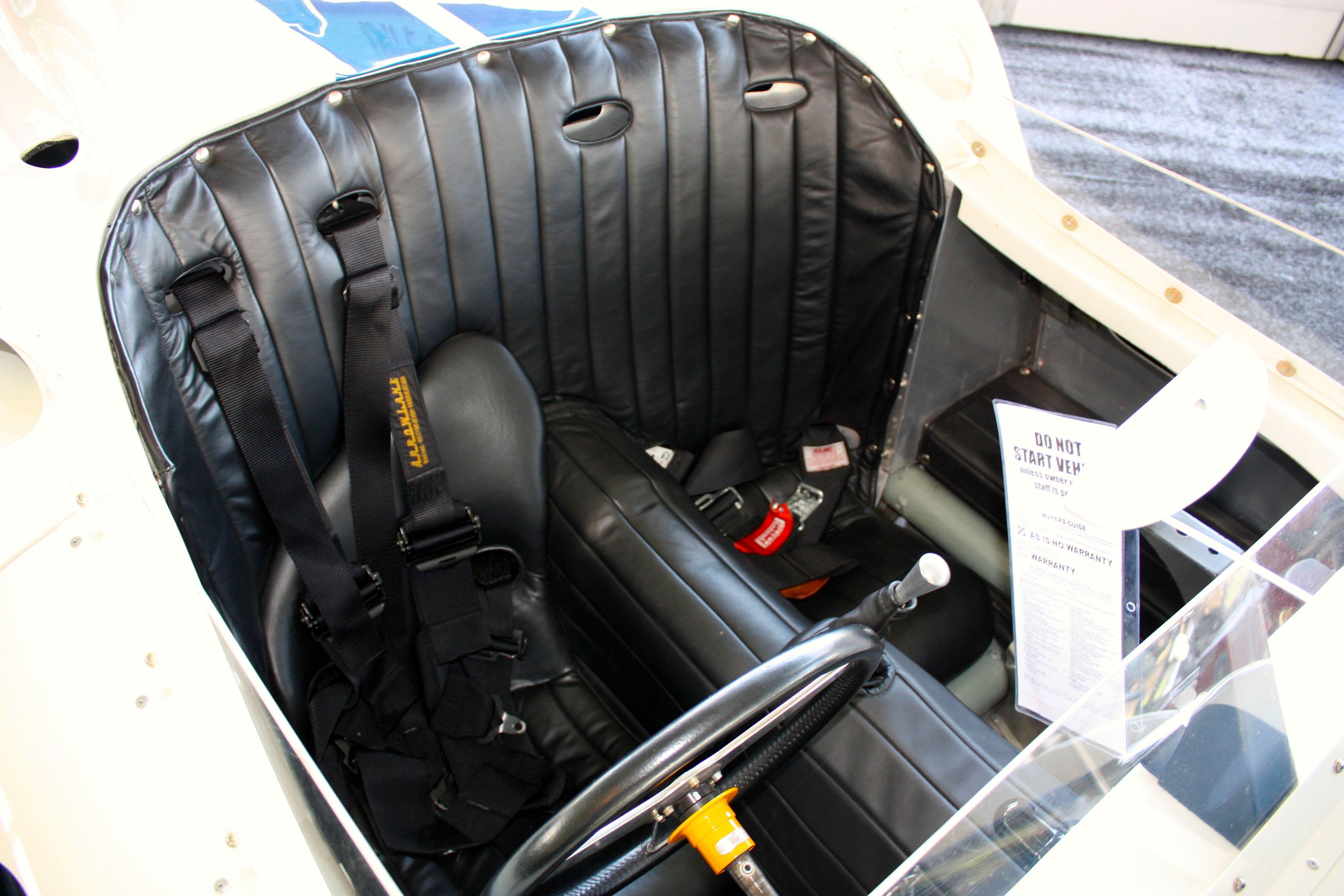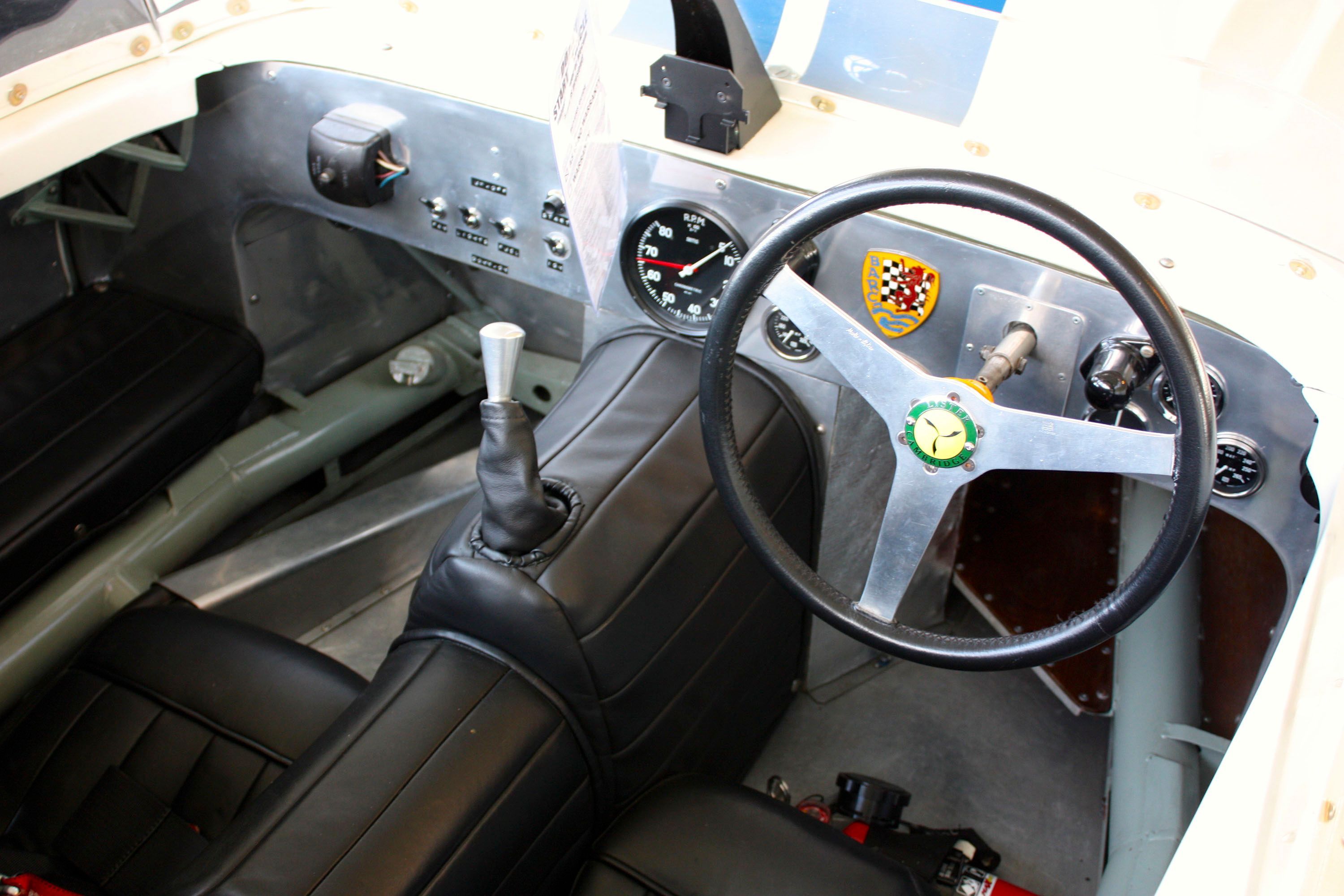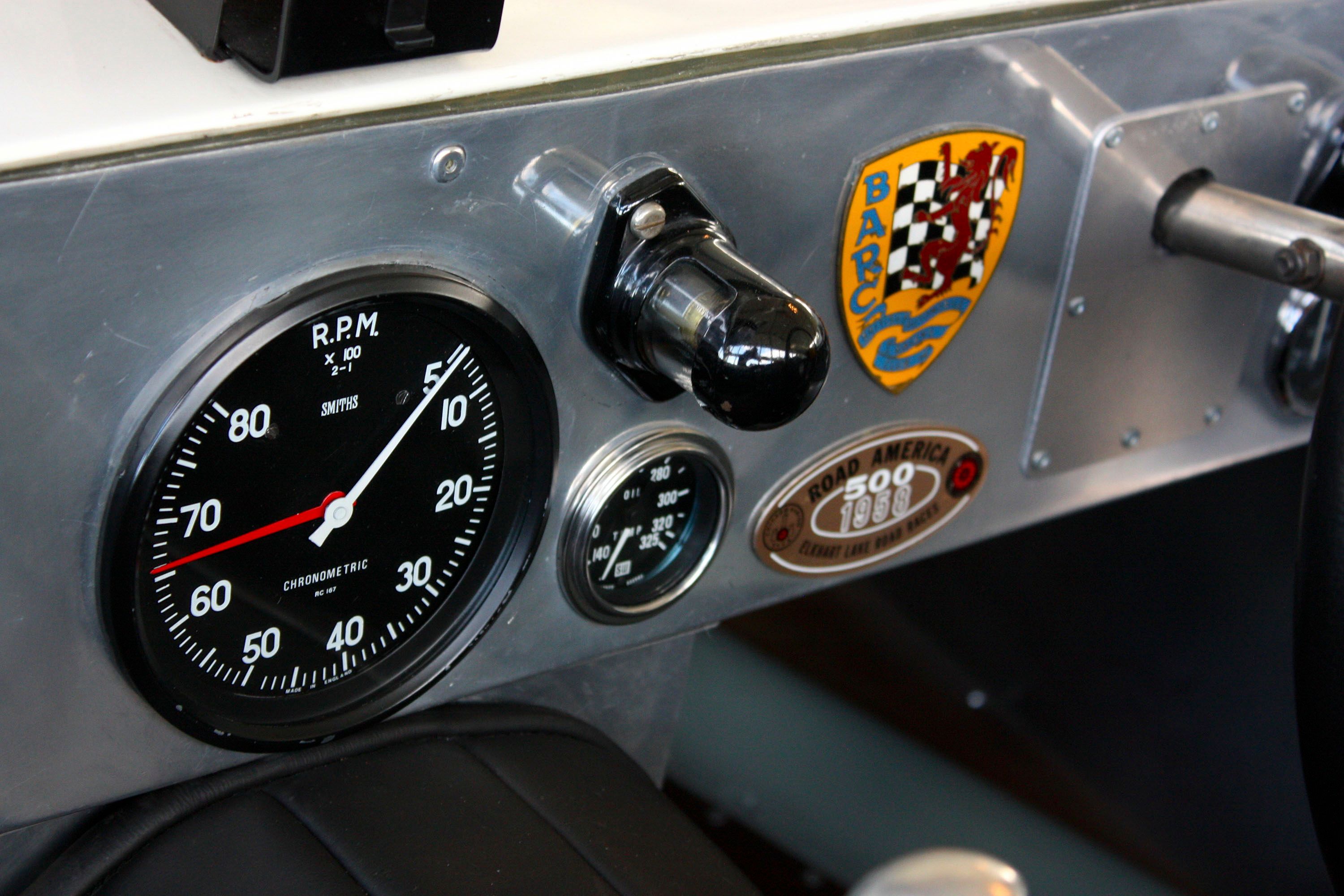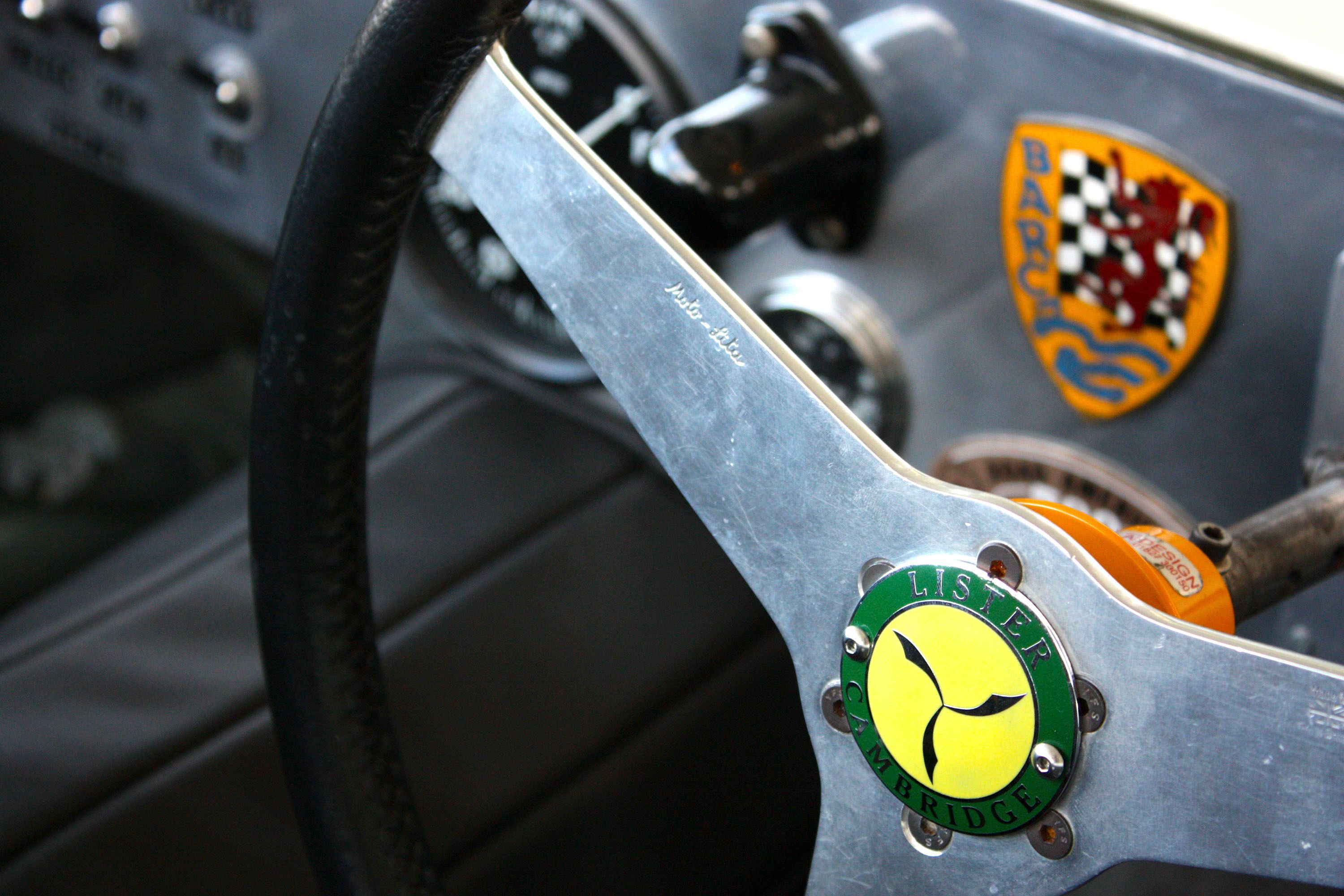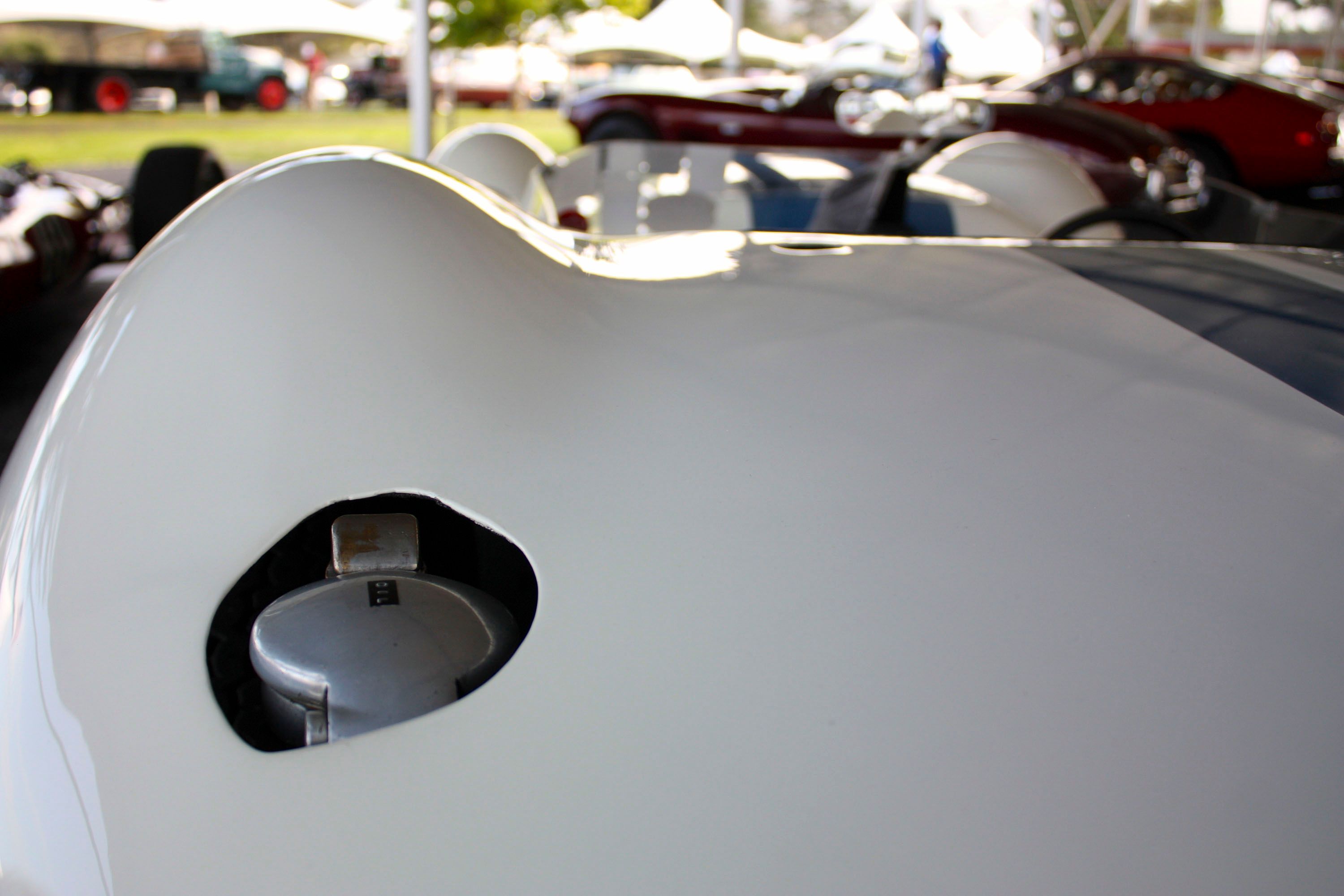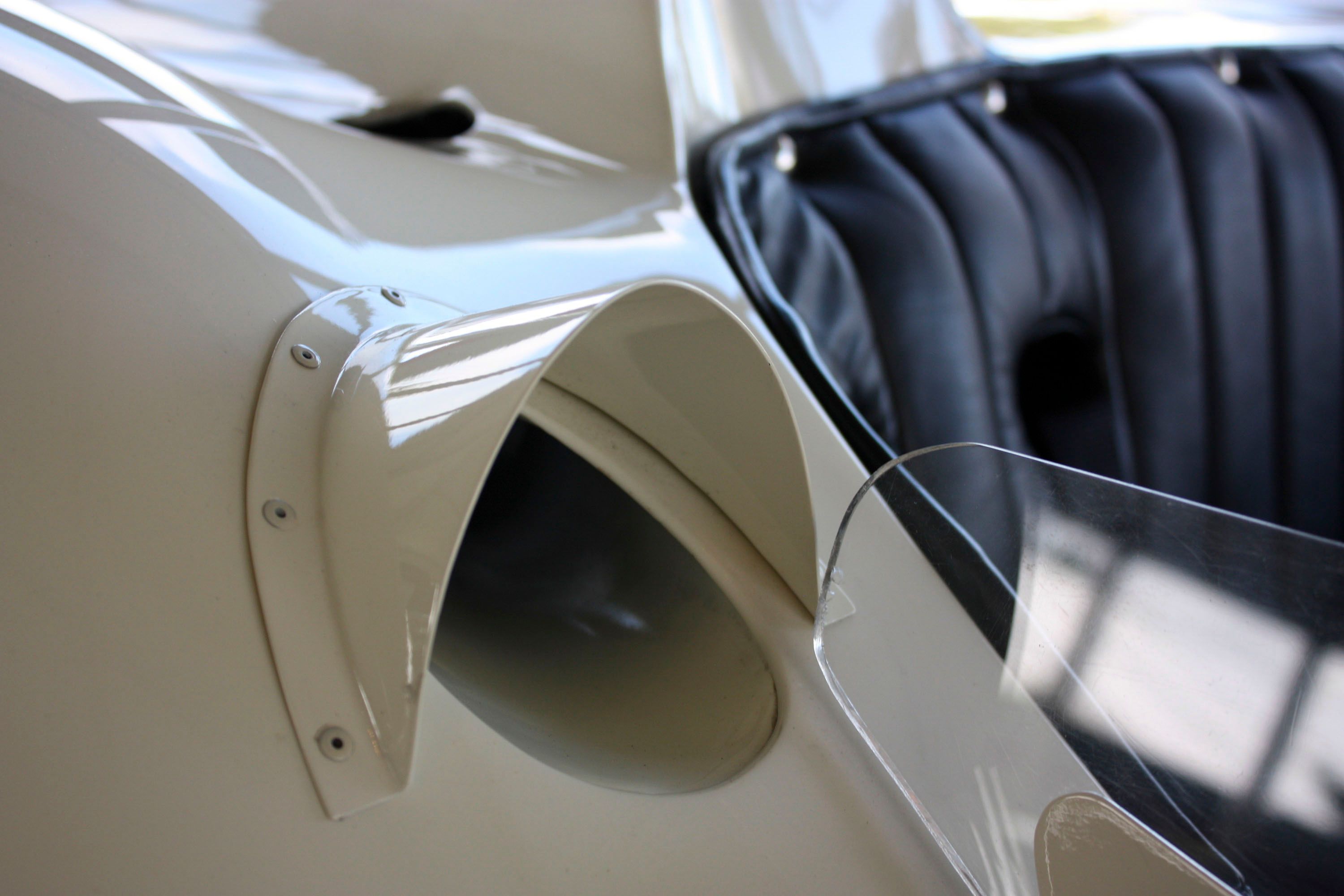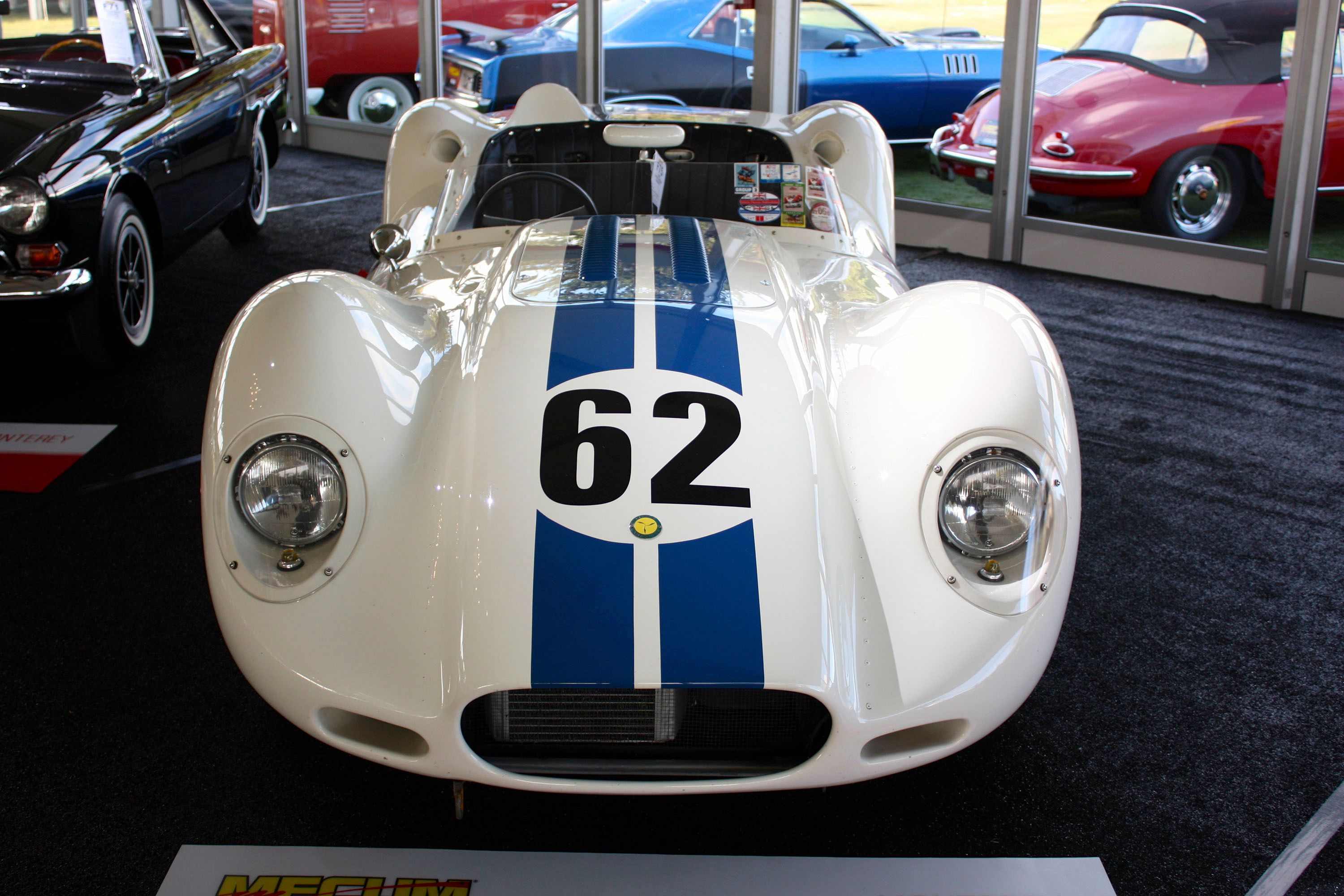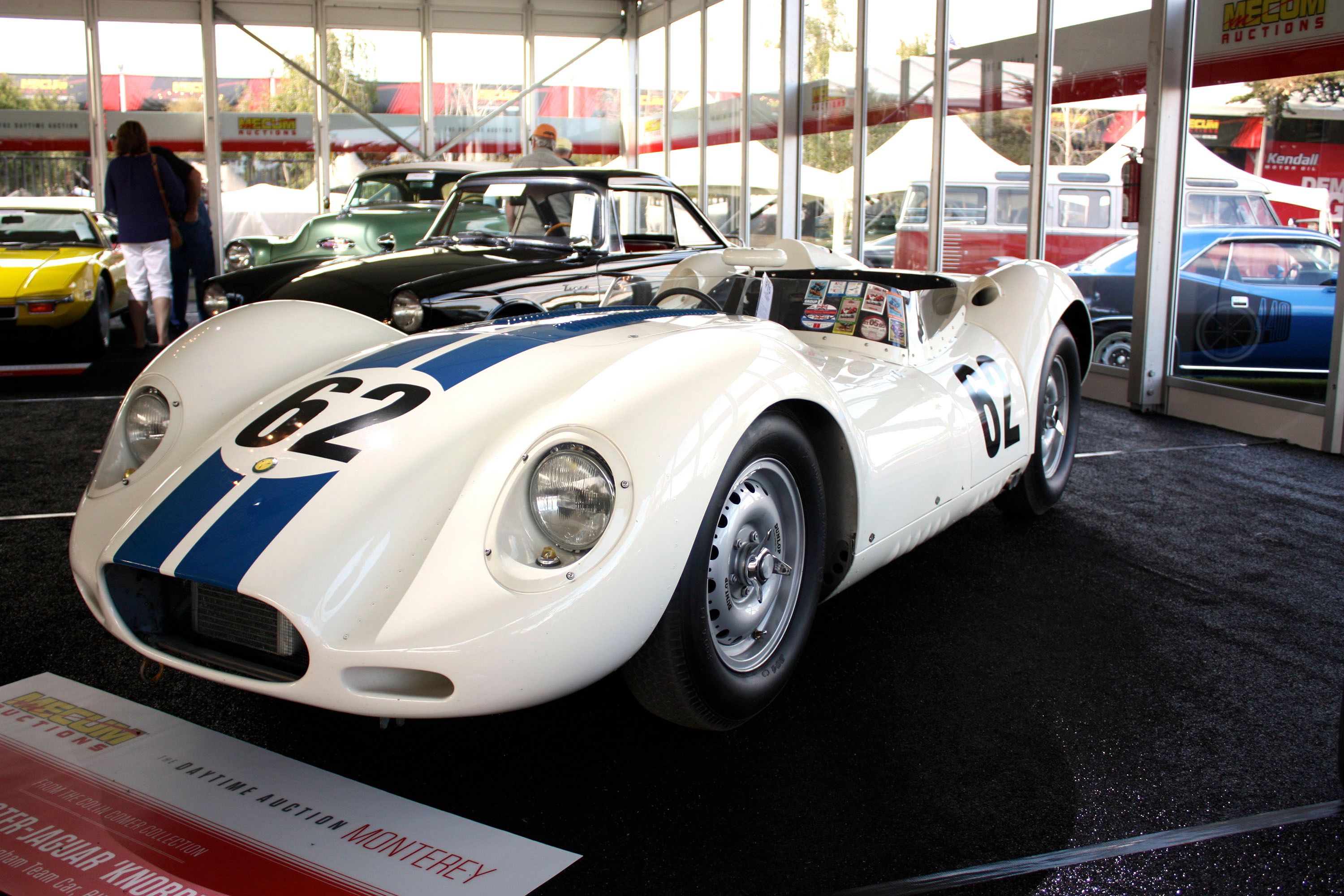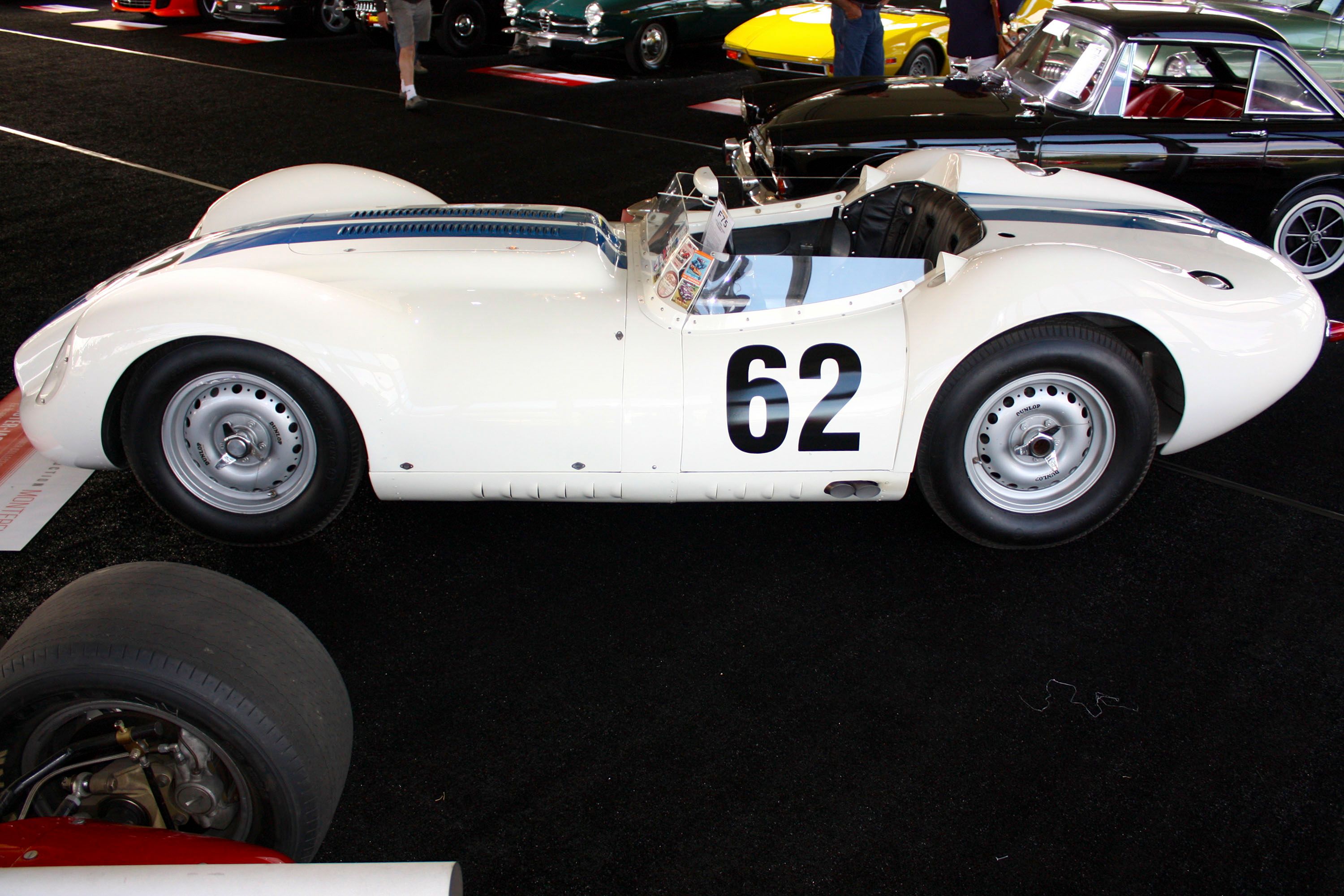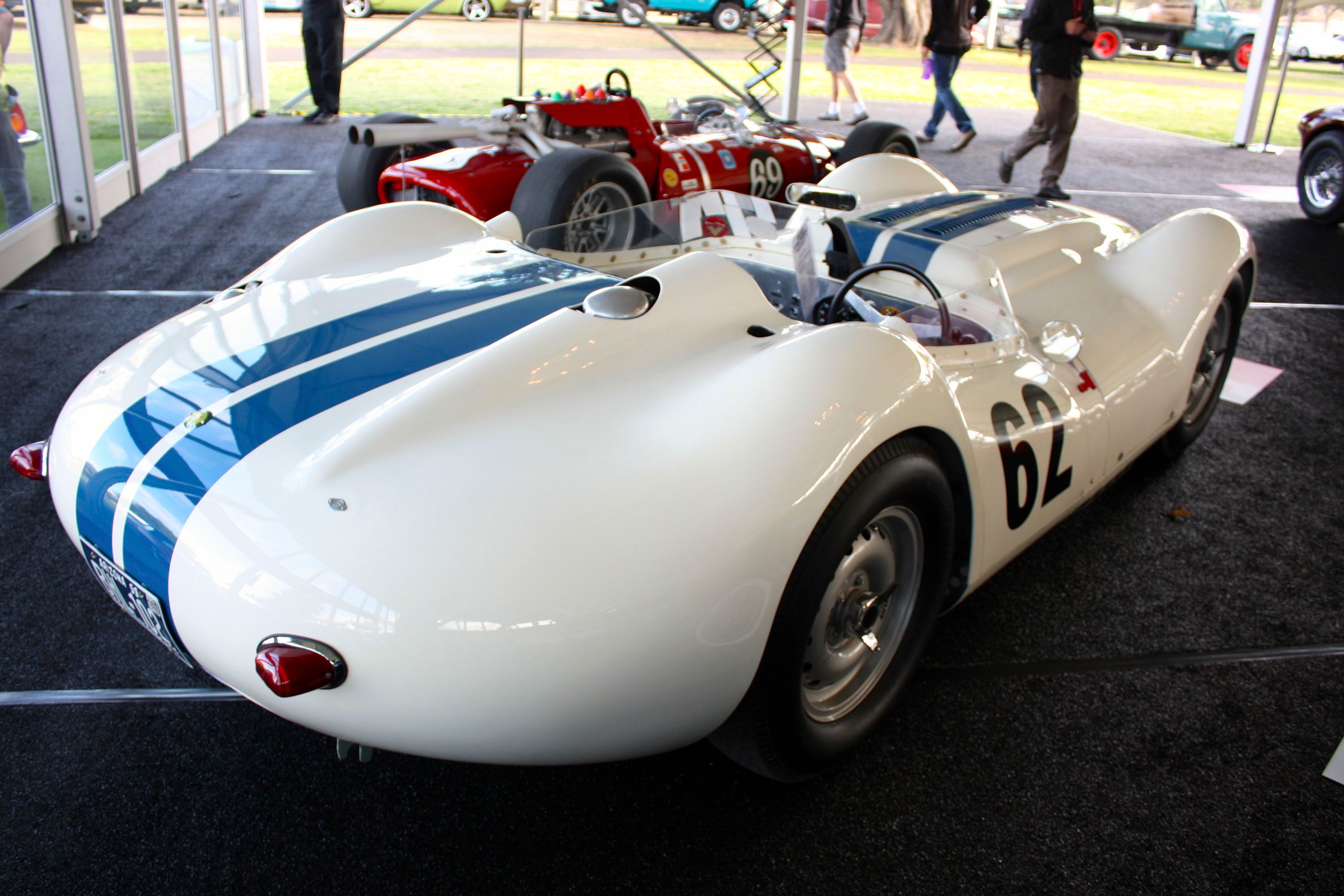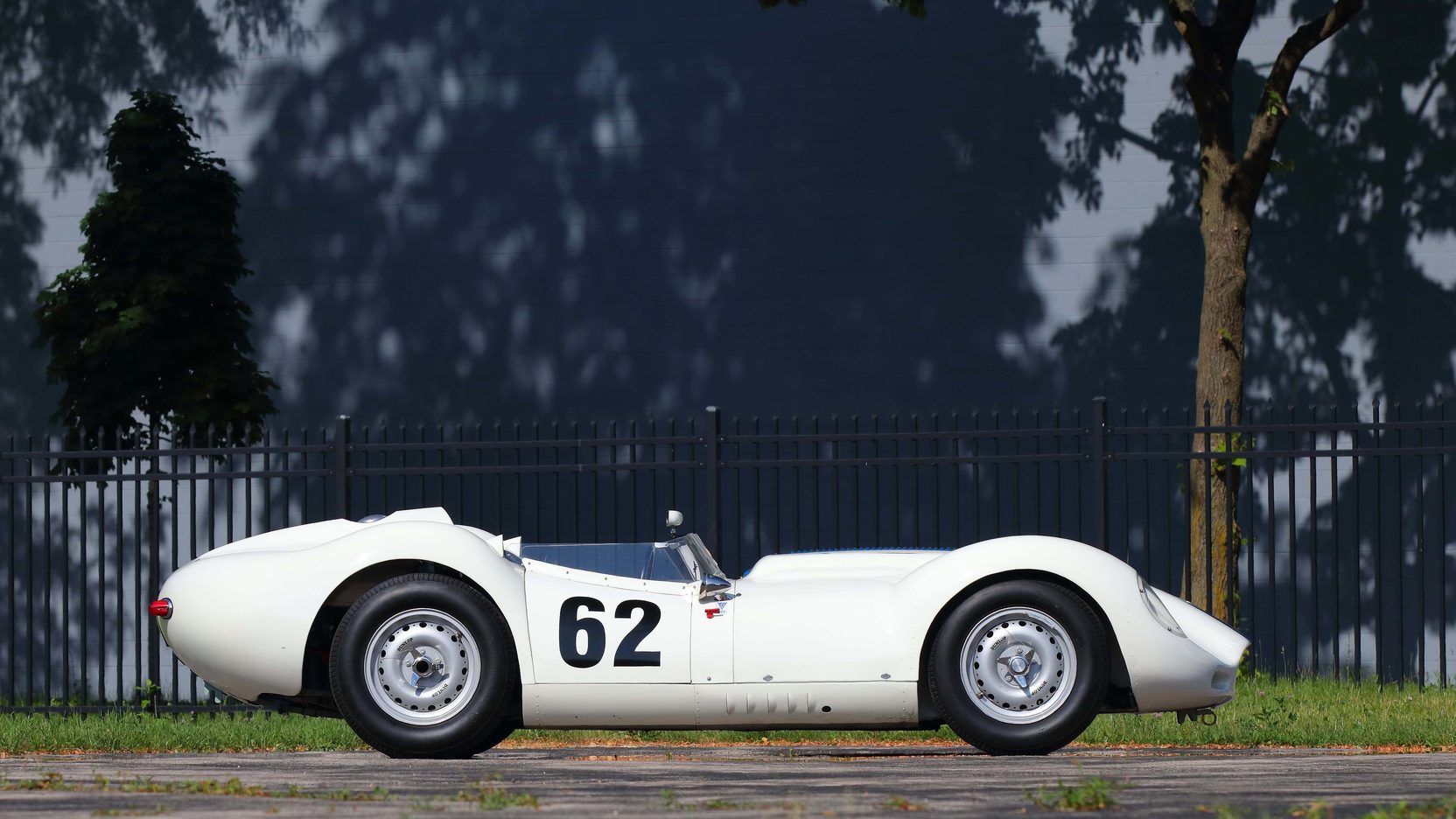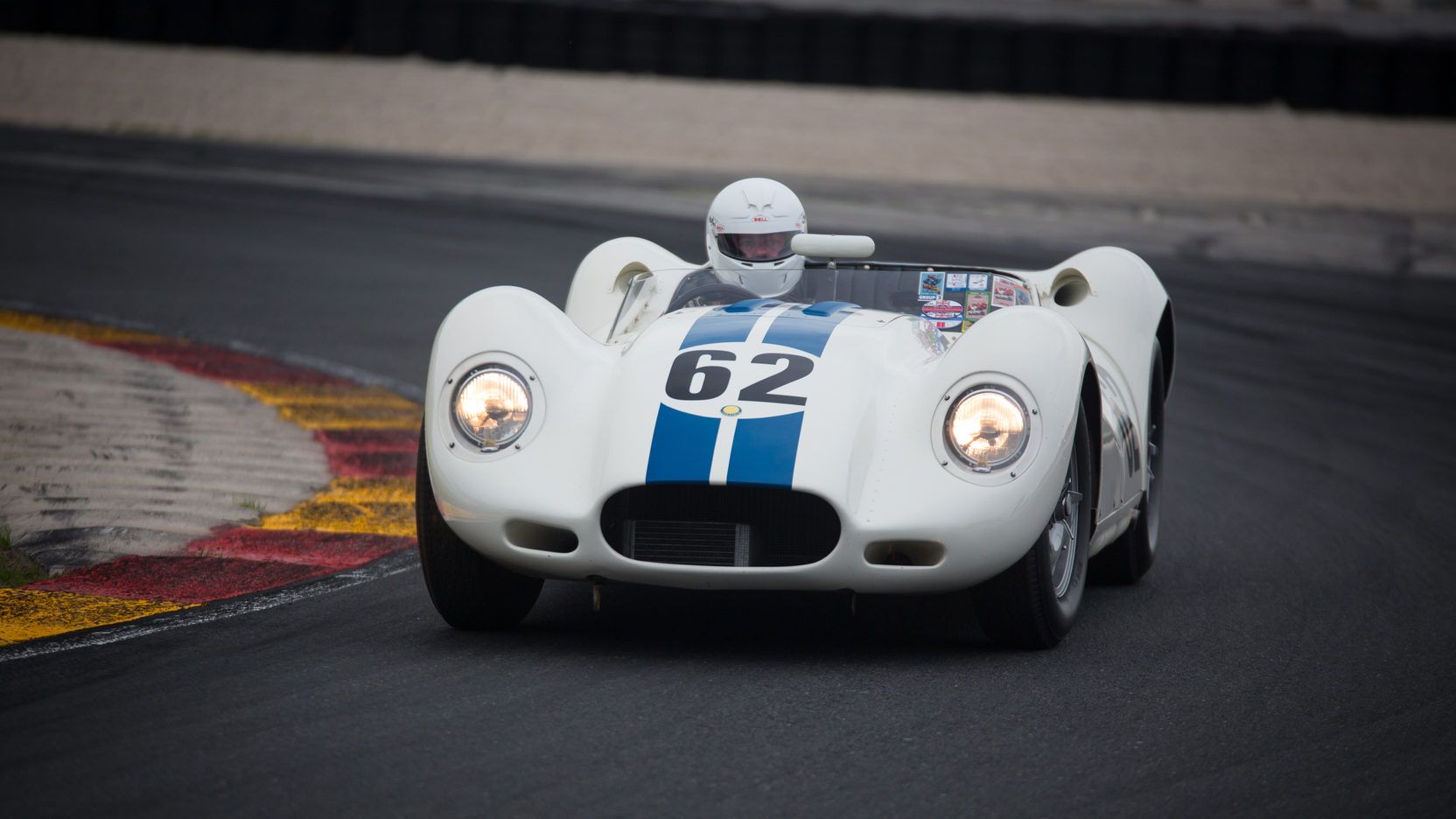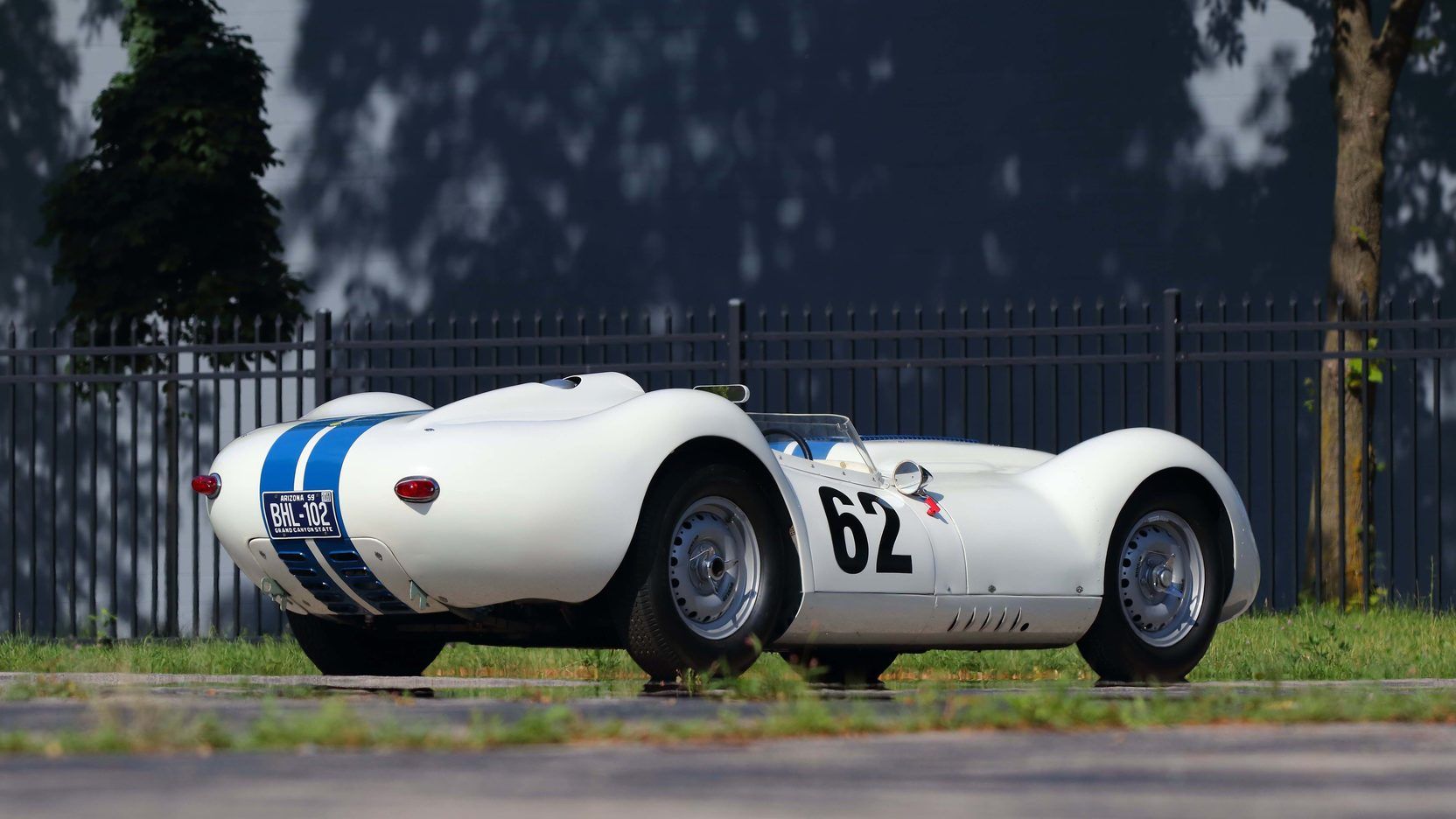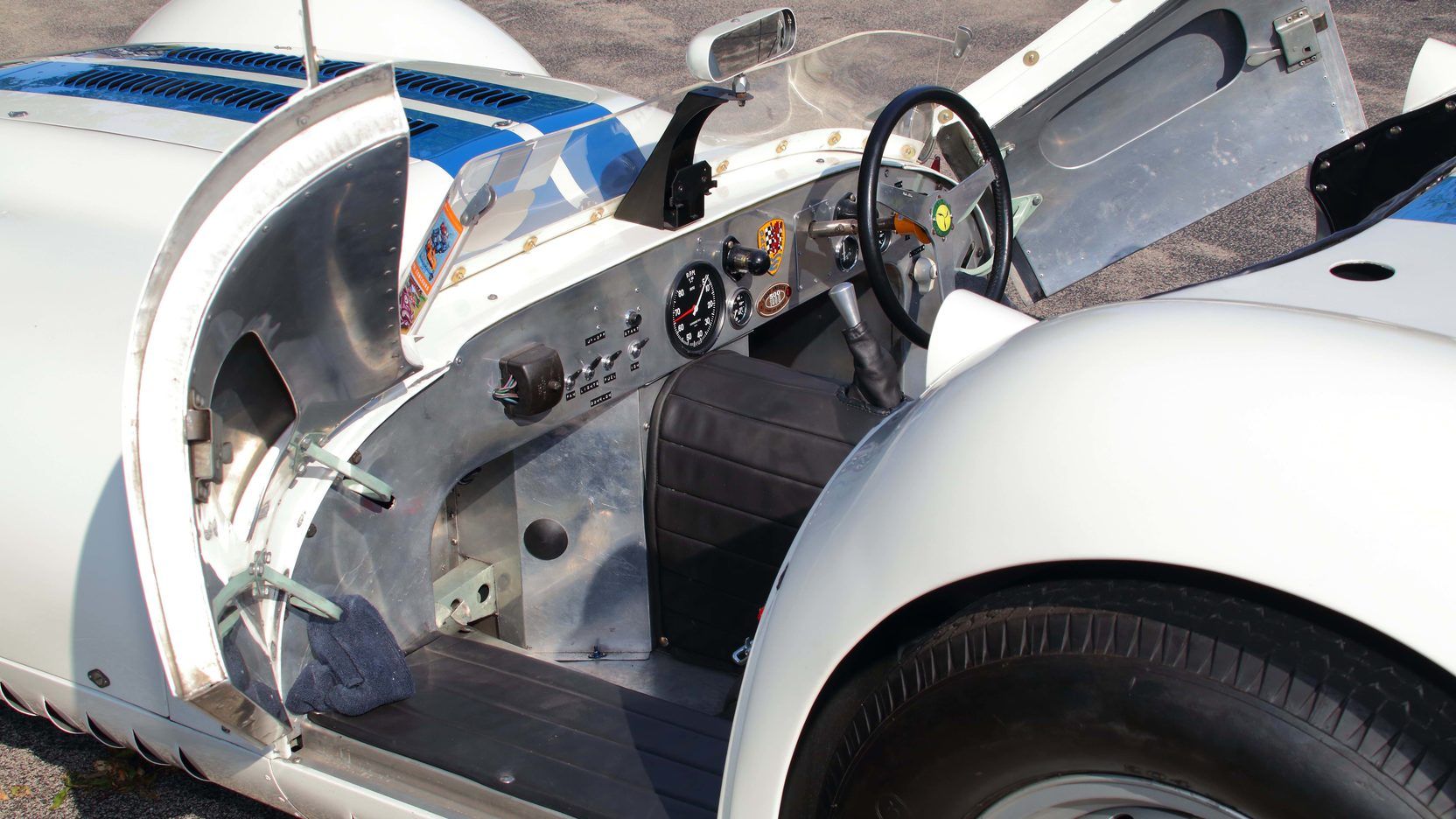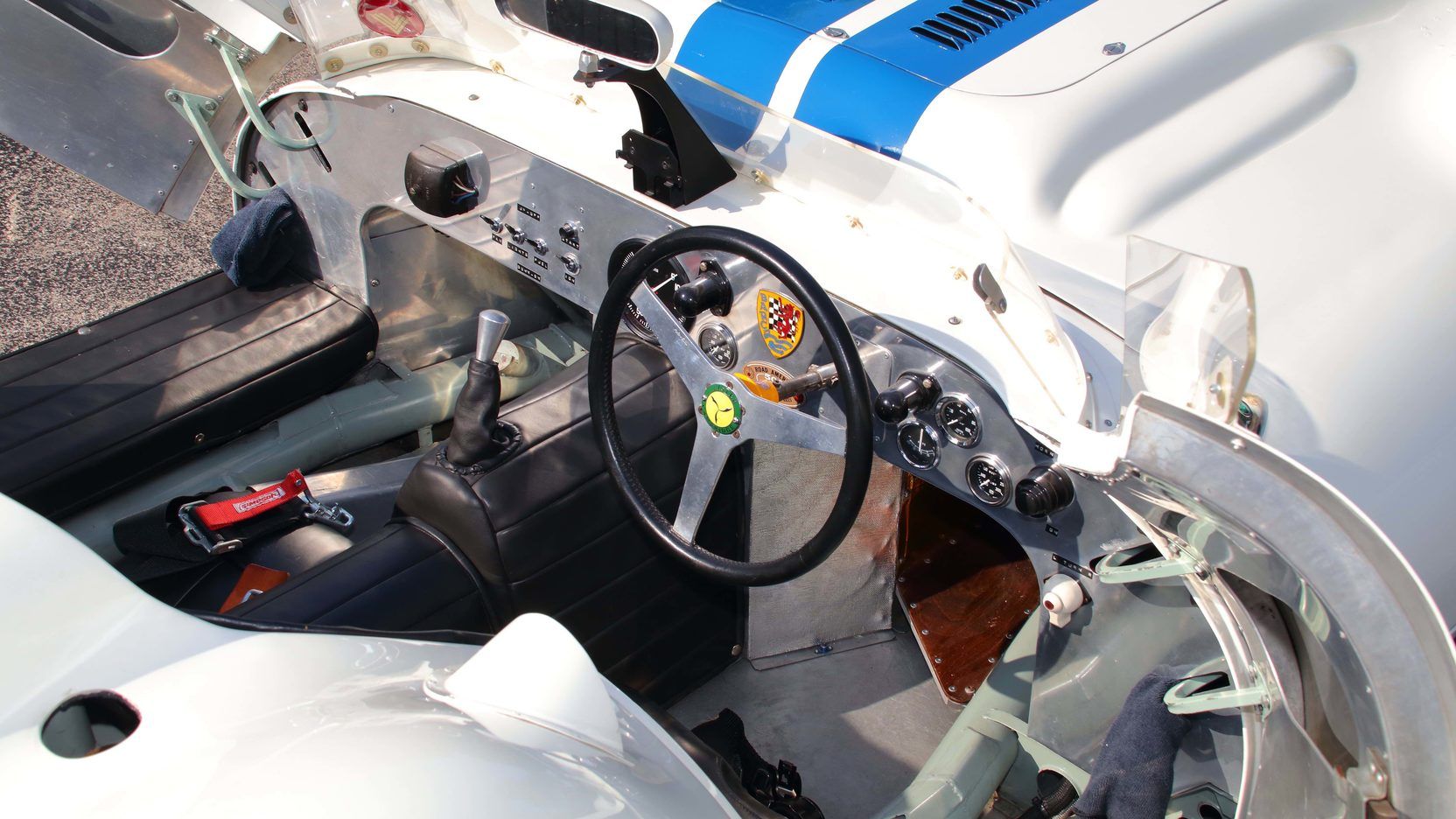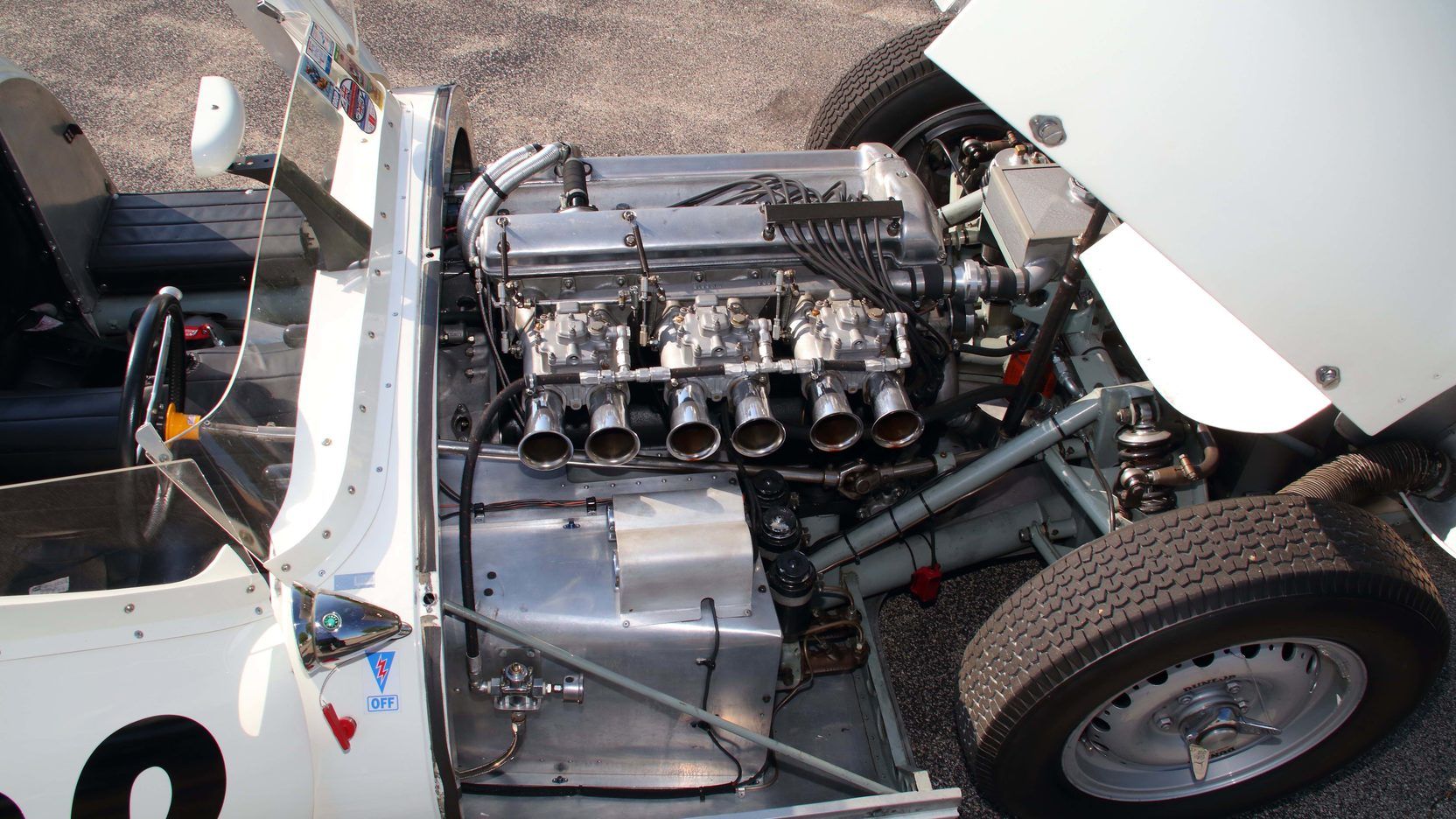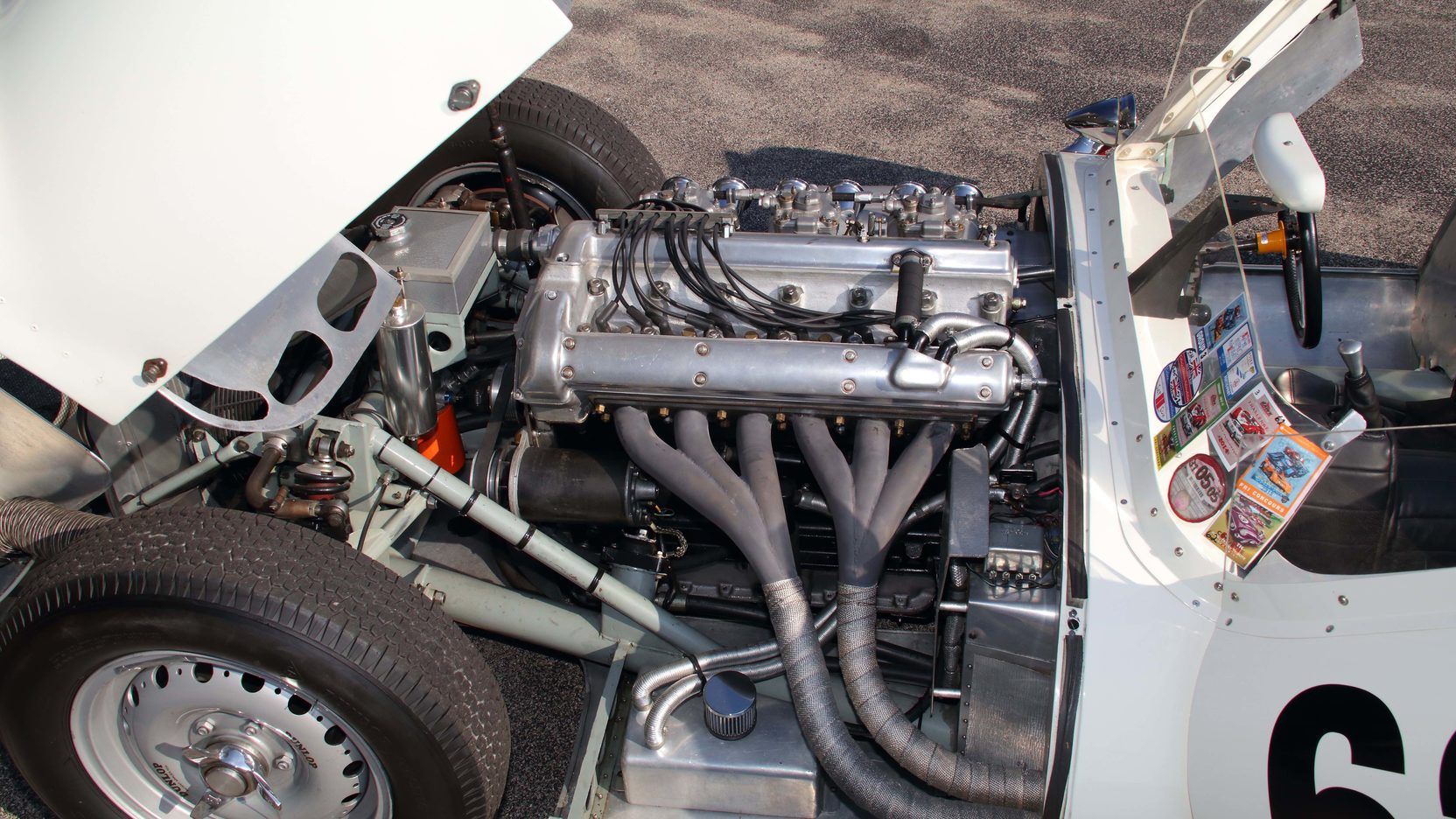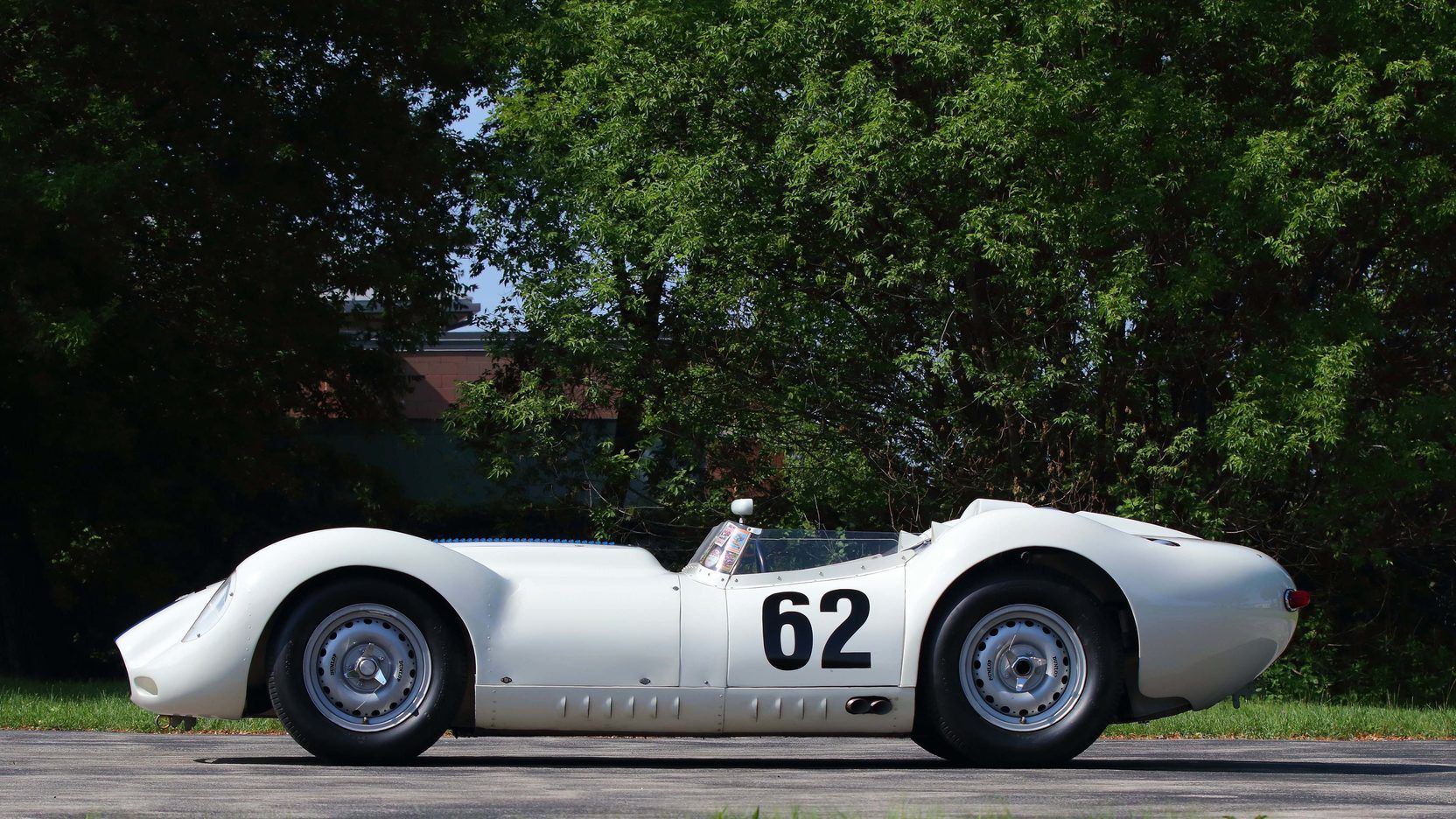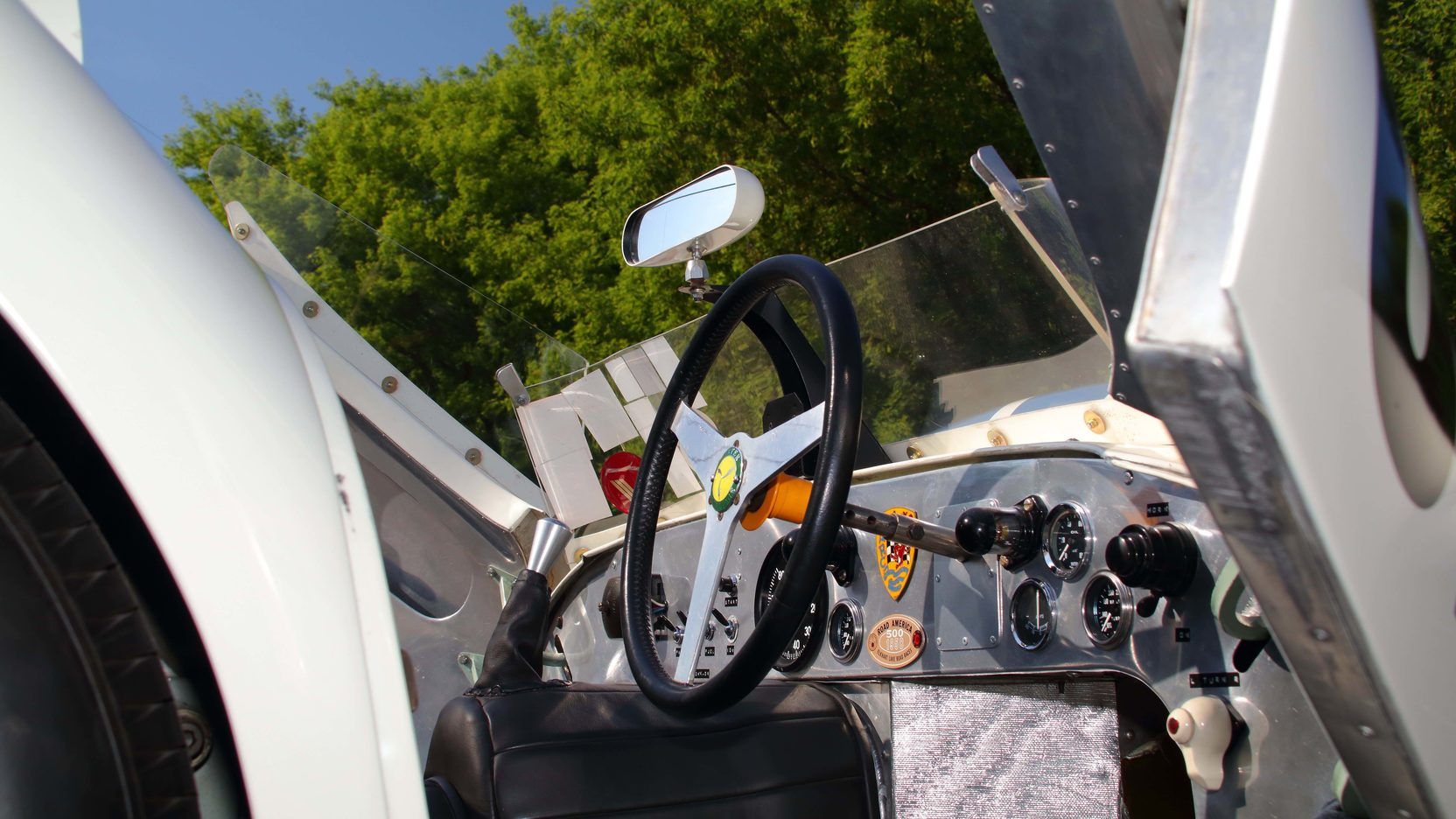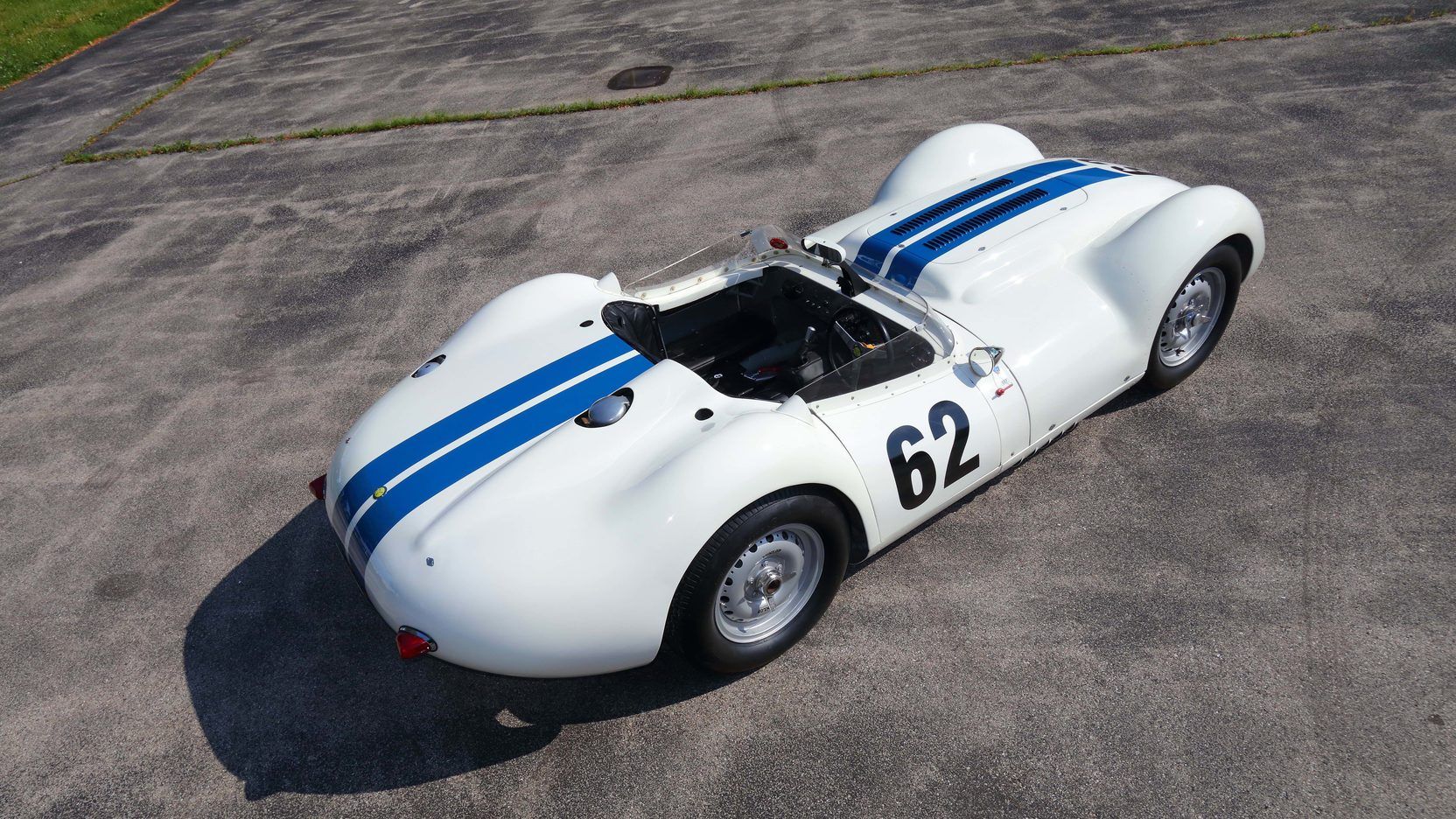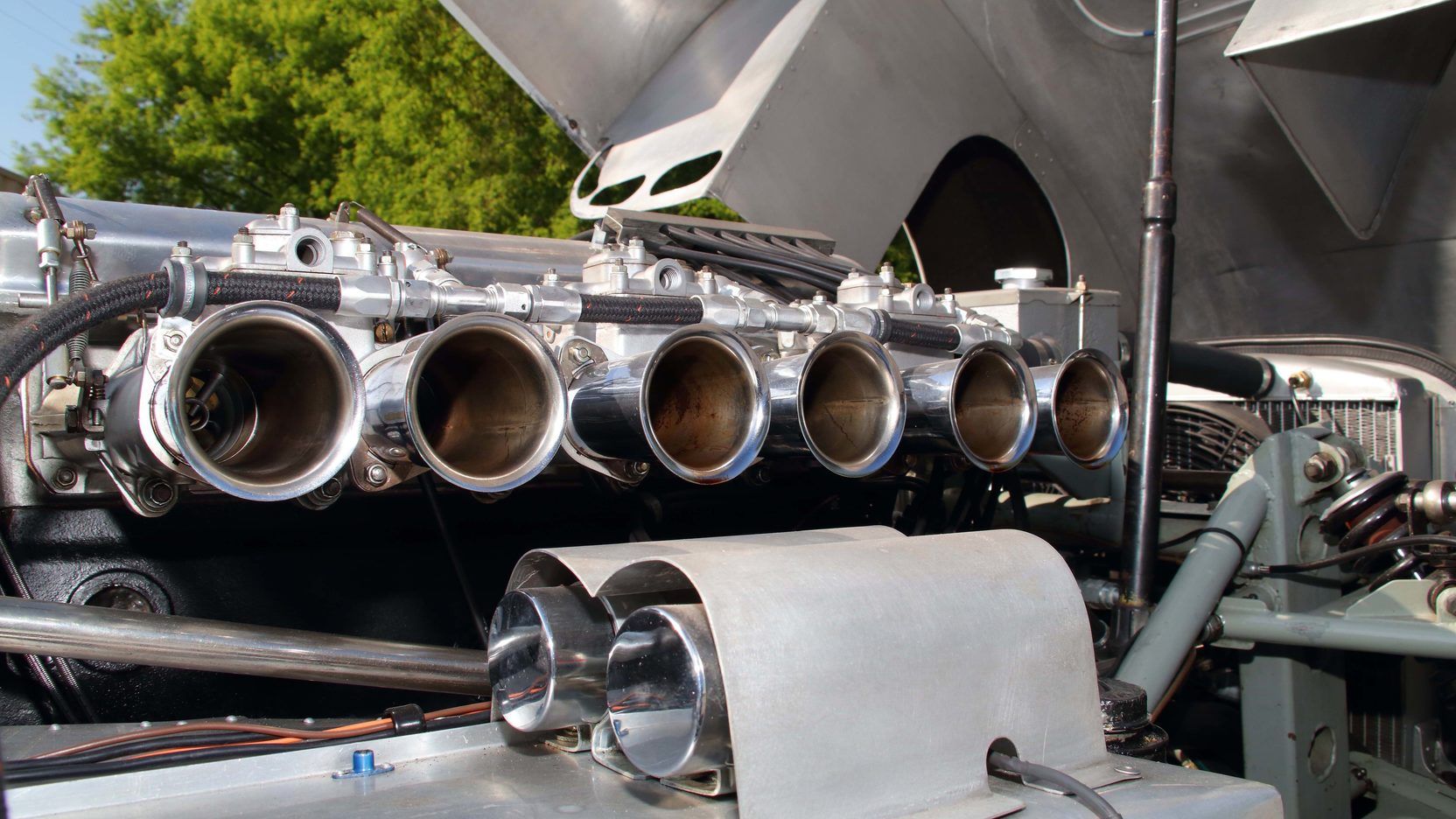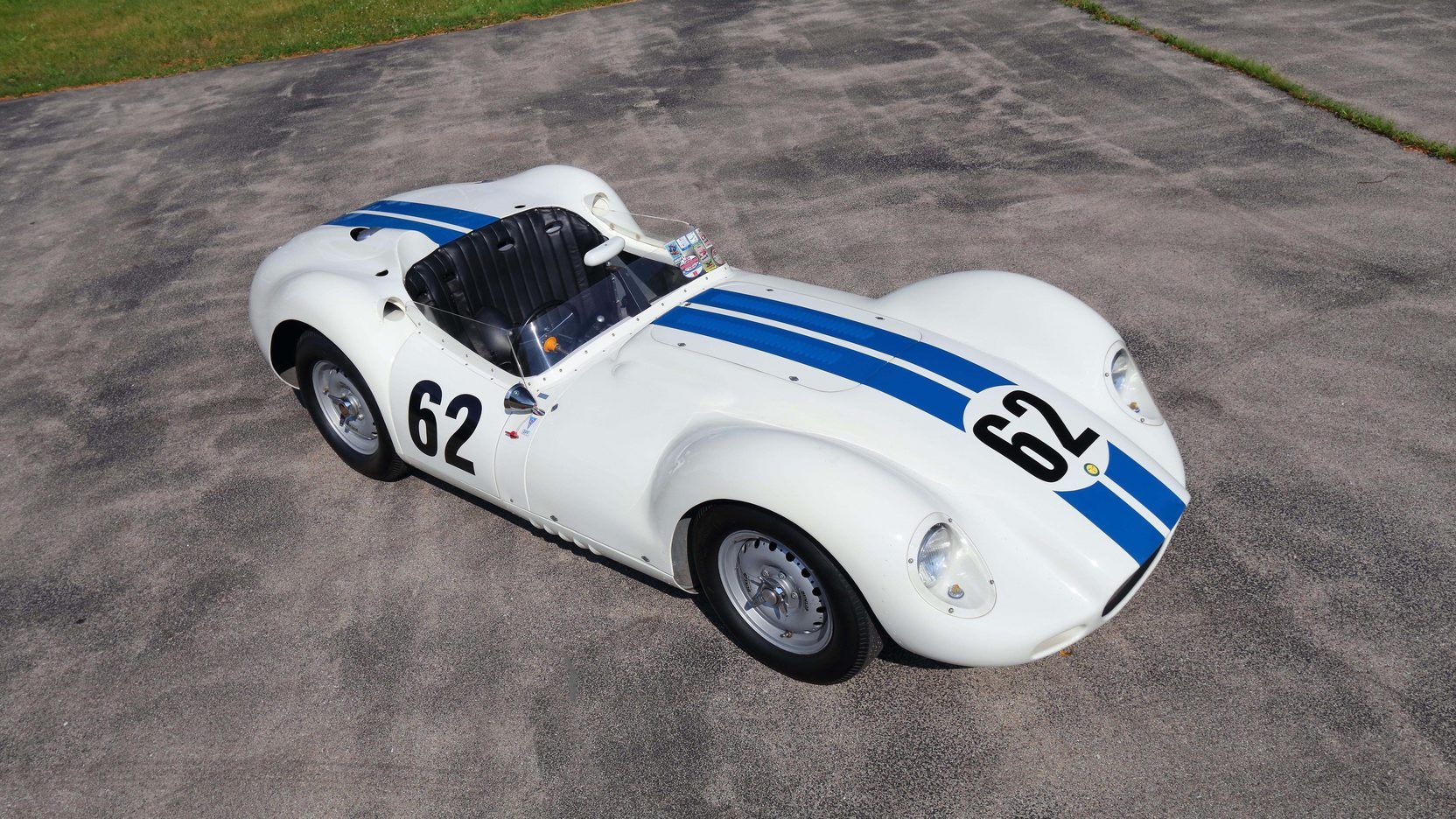Throughout the 1950’s, Jaguar was busy establishing itself as a major power when it came to racing at Le Mans and sports car racing in general, owing much to such icons as the C-Type and its successor, the D-Type. By 1957, the Cat Badge had acquired as many as four wins at the iconic 24-hour race, not to mention numerous additional wins around the world. Unfortunately, Jag was stopped dead in its tracks when its Browns Lane factory in Coventry burned down in a fire on February 12th of that year, subsequently destroying the brand’s competition vehicles and the means to produce them, not to mention nine D-Types slated for road duty in XKSS specification. However, rather than throwing in the towel, Jaguar responded by turning to its motorsports partner Lister Motor Company, and a deal was struck wherein Lister would supply a body and chassis, while Jaguar would outfit it with an engine and drivetrain components. Thus, the iconic Lister-Jaguar ‘Knobbly’ was born, and with it, further competition success for the British automaker. Equipped with a lightweight aluminum body, advanced suspension and brakes, and a powerful six-cylinder engine, these curvaceous racers had the right stuff to once again propel its drivers to the top of podium.
These days, the Lister-Jaguar ‘Knobbly’ is considered highly collectible, with some examples easily fetching several million dollars at auction. We managed to catch one at the Mecum Auction in Monterey, California, this past August, and present it here for your lust and admiration.
Continue reading to learn more about Lister-Jaguar ‘Knobbly’.
1958 Lister-Jaguar ‘Knobbly’
- Make: Array
- Model: 1958 Lister-Jaguar ‘Knobbly’
- Horsepower: 354
- [do not use] Vehicle Model: Array
History And Background
The white and blue racer you see here is dubbed BHL102, and it’s the sister car to BHL101. Both are considered highly desirable, given their history and pedigree. You see, BHL101 and BHL102 are the two original ex-Briggs Cunningham Team cars, and come with a long history of competition success. If that name leaves you drawing a blank, Briggs Cunningham sold Jaguars in the U.S. and raced D-Types, and as the ‘50s wore on, he searched for a replacement for his older D-Type machines.
The most obvious and natural fit was the Lister-Jaguar ‘Knobbly.’ With backing from Jaguar, the Cunningham team represented the Cat Badge here in the states, and quickly established itself as the most dominant force in American road racing. In fact, by the late ‘50s, the Cunningham boys were storming the competition and winning a series of races in the SCCA National Championship, including 11 of 14 races in 1957 and 11 out of 16 races in the 1958.
Several of these victories were at Road America, as explained in the attached video from Mecum. In the video, you’ll find the No. 62 Lister-Jaguar ‘Knobbly’ out and about on the track, and there’s a reason it looks so natural there. “ is the only road course, that I know of, that’s not changed in configuration at all, so you’re running the same circuit that Eddie Crawford ran in that car when he won those races up there. The connection is special,” says collector Colin Comer.
Exterior
From the outset, the Lister-Jaguar ‘Knobbly’ looks like a product of its time. It’s low, wide, and curvy, with lovely lines that seem to flow from front to back like a wave of performance. More specifically, though, the ‘Knobbly’ looks a whole lot like the Jaguar D-Type.
Note: Jaguar D-Type pictured on the left, Lister-Jaguar ‘Knobbly’ pictured on the right.
Given Lister’s connections with Jaguar, the similarities aren’t that surprising. Still, we think it looks fantastic all the same.
Lets go over the details. In front, we find an oval intake, where a small oil cooler sits low to soak up the fresh air. Next to the oval intake are two smaller intakes, above which are rounded headlights that are set into the high fender flares.
The fender flares are probably the most memorable piece of the exterior look. They rise as high as the windshield, encapsulating large wheels front and back and allow the ‘Knobbly’ to sit low to the ground at the same time.
Running down the center of the hood is a bulge with twin blue stripes, plus several louvers to help hot air escape the engine compartment. This raised section effectively enabled the Knobbly to mount the windshield even lower in accordance with regulations, and gave the car its nickname as well. Just behind the headrest is a metal filler cap to add gas to the large tank.
The tail is rounded, upturned, and narrow. Under the curved side skirts are additional vents.
Finally, the whole shebang was crafted from aluminum for the bodywork, lowering overall weight as a result.
Interior
Lifting the doors to get into the car is a dramatic affair, with the panels sliding up slightly in a “gullwing” fashion. Being a race car, this thing is all business in the cockpit, with bare metal being the predominant material of choice. Spread across the metal dash is a series of toggle switches in front of the passenger seat, while a large tachometer was placed right above the central tunnel. The steering wheel is a simple, three-spoke unit that proudly displays the Lister logo in its center. Addition gauges are scattered here and there.
The seats are essentially in a fixed-back and form-fitting design, and look as though they amount to little more than some padding and leather upholstery added directly to the sheet metal. There are holes in the seats for racing harnesses that connect directly to the tube frame, while the central tunnel and shifter are also covered in black leather. The rearview mirror is mounted to a central post sticking out of the top of the dash.
While certainly not the greatest in terms of long-term comfort, this bare bones essential approach is really the ideal for a lightweight racer like the Lister-Jaguar ‘Knobbly.’
Drivetrain
At the outset, the Lister-Jaguar ‘Knobbly’ came equipped with a 3.0-liter inline six-cylinder engine. These powerplants came from Jag’s popular XK line, and fit perfectly with the car, but unfortunately, suffered from piston failure at the Sebring 12-Hour race only 60 minutes into the event.
In response Cunningham decided to replace the 3.0-liter by boring it out to 3.8-liters (3,781 cc’s) and installing dry-sump lubrication. The engine still used its original triplet of Weber 45 DCOE carbs and dual overhead cams, but power came to 354 ponies total – more than enough for the ultra-light car.
Other examples came equipped with a 3.4-liter twin-cam inline six-cylinder XK engine. Routing the power to the rear axle is a close-ratio four-speed transmission, the same gearbox used on the preceding D-Type.
Incredibly, the Lister-Jaguar Knobblys claimed a 0-to-60 mph time under 4 seconds, plus a top speed of 181 mph. Both these figures are absurdly fast for their time, especially that 0-to-60 figure, and even by today’s standards, the Lister-Jaguar ‘Knobbly’ is one seriously fast automobile.
Chassis And Handling
One of the Jaguar-Lister ‘Knobbly’s’ greatest strengths was its incredibly low weight. In fact, this stripped-down performance machine cuts a few hundred pounds off the already crazy-light D-Type, even with the latter in dry configuration and the former in a full race-ready configuration. Of course, as a red-blooded racer, the ‘Knobbly’ didn’t have the same gear (windshield wipers, cargo space, lighting, etc.) required for FIA compliance, however, later versions did get the gear required for compliance.
What’s more, the ‘Knobbly’ got several improvements to the chassis. Under the aluminum skin, the ‘Knobbly’ uses a tube frame chassis, with a pair of main rails incorporating steel tubing 3 inches in diameter. Separating these, we find parallel tubes, thus creating the central cockpit.
While the ‘Knobbly’ gets an independent rear suspension, there’s also upgraded suspension in the front, which includes upper and lower wishbones with coil over shocks and sway bars. Helping it stop are four-wheel disc brakes, which are outboard on the front subframes, and inboard in the rear.
Finally, there’s an enormous 38-gallon gas tank on board to help the ‘Knobbly’ go the distance in those long stints on track. After all, that’s what it takes for endurance racing.
Prices
Only nine original Knobbly Jaguars were ever produced, while the example you see pictured here was wheeled by big names like Stirling Moss, Briggs Cunningham, Ed Crawford, and Phil Forno.
This particular example, also known as BHL102, saw a top bid at the Mecum Auction in Monterey of $1.6 million. While certainly impressive, that number was actually below reserve, which gives you an idea just how desirable these cars really are.
Competition
Aston Martin DBR1
|
|
right> |
Jaguar wasn’t the only game in town when it came to British born sports car performance. Aston Martin was also a major player in the space, especially with its DBR1 racer. Equipped with a tubular space frame chassis, torsion bar front suspension, and De Dion tube rear suspension, the DBR1 had the right stuff for competition. It even weighed in at a feathery 1,765 pounds, which meant the 2.5-liter and 3.0-liter inline six-cylinder engines it got under the bonnet provided more than enough go. In fact, this is the same model that brought Aston the win at the 24 Hours of Le Mans in 1959.
Read our full review on the Aston Martin DBR1.
Ferrari Testa Rossa
Produced between 1957 and 1958, this gorgeous slab of Italian speed saw a great deal of success at the 24 Hours of Le Mans, taking wins in 1958, 1960, and 1961, with complementary wins at the Sebring 12 Hours and Targa Florio, among others. Weighing in at 1,763 pounds, the Ferrari Testa Rossa came equipped with a stout V-12 engine topped by a red valve cover, hence the “Testa Rossa” (“red head”) nickname.
Read our full review on the Ferrari Testa Rossa.
Conclusion
Back in 2016, Lister decided to build 10 replicas of the Knobbly, keeping the same classic styling to entice customers. Interestingly, the company also gave the cars the same levels of performance as the originals, which is testament to the first batch of racers and their incredible potential on the track.
For those interested in getting a taste of sports car racing in the ‘50s, this is undoubtedly one of the best options out there. Created as a stopgap after Jag’s factory burned down, the ‘Knobbly’ proved itself as a winner, and now enjoys iconic status amongst enthusiasts and collectors.
References
Jaguar C-Type
Read our full review on the 1951-1953 Jaguar C-Type.
Jaguar D-Type
Read our full review on the 1954-1957 Jaguar D-Type.

